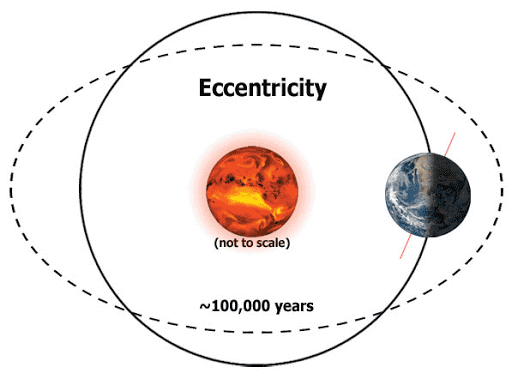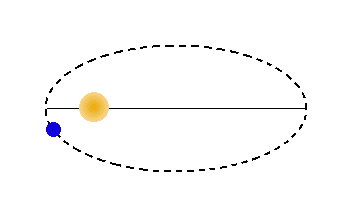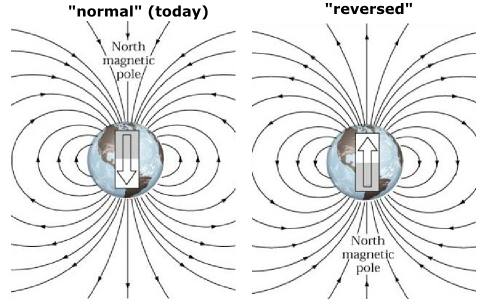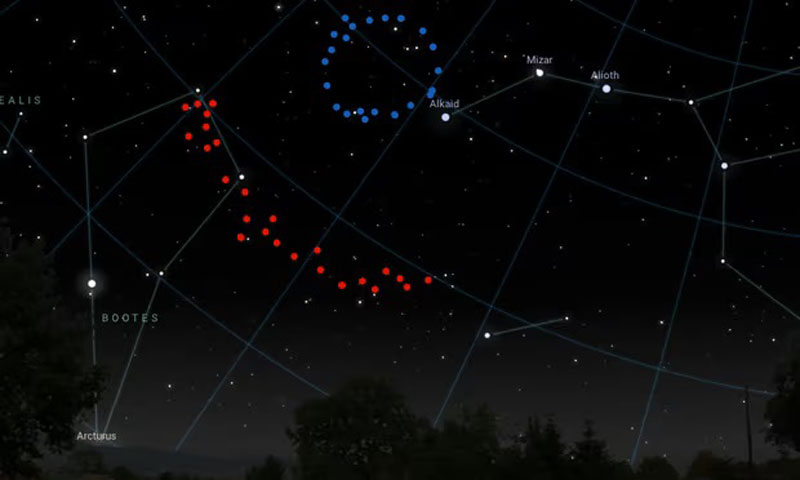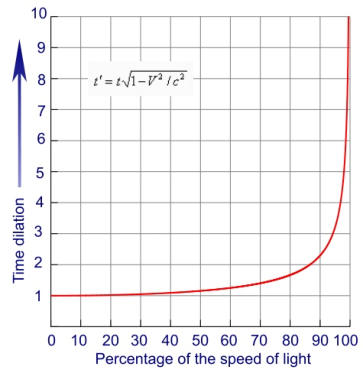Peru & Colombia 2022
6-26-2022 through 7-8-2022
In the heart of an ancient land, where mystery and beauty converged, a daring adventure awaited Mark and Frank, two intrepid souls seeking more than just emeralds or fleeting thrills. Their true purpose lay in a grand journey, one that would lead them and their beloved wives, Beth and Lina, to the legendary places they had once conquered.
Peru, a land of fabled wonders and untamed landscapes, beckoned with its enigmatic allure. The Sacred Valley, a sanctuary hidden amidst towering peaks and lush valleys, held secrets that whispered through the winds of time. And towering above it all, a marvel beyond comprehension, stood the awe-inspiring Machu Picchu, an ancient citadel veiled in history's embrace.
Mark and Frank yearned to share the splendor of these mystical sites with their cherished partners, to ignite in them the same passion that had set their souls ablaze years before. The idea of retracing their steps through Cusco and Ollantaytambo was irresistible, for there were ancient ruins concealed in the depths of these historic cities, waiting to reveal their lost tales.
As they set forth on their odyssey, their hearts raced with excitement, knowing that they were about to embark on an unforgettable escapade. The anticipation hung in the air like a palpable aura, as if the spirits of the ancients were guiding them towards their destiny.
Their journey through the Sacred Valley was a mesmerizing trek through a realm untouched by time. Each step brought them closer to the essence of this hallowed land, where the very earth seemed to pulse with a mystical energy. With every twist and turn, the adventurers found themselves spellbound by the ruins of temples, the echoes of bygone rituals, and the enigmatic symbols that adorned the ancient stones.
Their sojourn culminated in the sacred citadel of Machu Picchu, perched atop the heavens, its ethereal majesty a testament to human ingenuity and reverence for the divine. The sight of it stole their breaths away, leaving them in awe of the architectural marvels that had withstood the relentless march of centuries.
In the company of their brave and spirited wives, Mark and Frank discovered new facets of these hallowed grounds, marveling at the way time had caressed the ruins with its gentle touch. The explorers recounted their past adventures with enthusiasm, each memory carrying a fervor that infused their surroundings with a magical allure.
But amidst the ruins and the mysteries, they also found something even more profound—the bond of friendship strengthened by shared experiences and the love they had for their adventurous wives. In the backdrop of these ancient wonders, their journey became not only a tale of exploration but also a story of camaraderie and everlasting affection.
As they bid farewell to the sacred land that had forever etched its mark upon their souls, they knew that this adventure was only the beginning of a lifetime filled with wonder and discovery. For when kindred spirits unite, the world becomes an infinite realm of possibilities, and the most ordinary trip transforms into an extraordinary voyage of the heart.
NOTE: Select most pictures to see them larger. Click anywhere to close the picture.
(Sunday 6/26/2022 Day 0) - Travel USA to Peru
Mark and Beth left Sunday afternoon from LAX. They parked their truck at a Boeing parking lot near LAX and took a shuttle bus to the airport. $15 round trip each. Not bad.
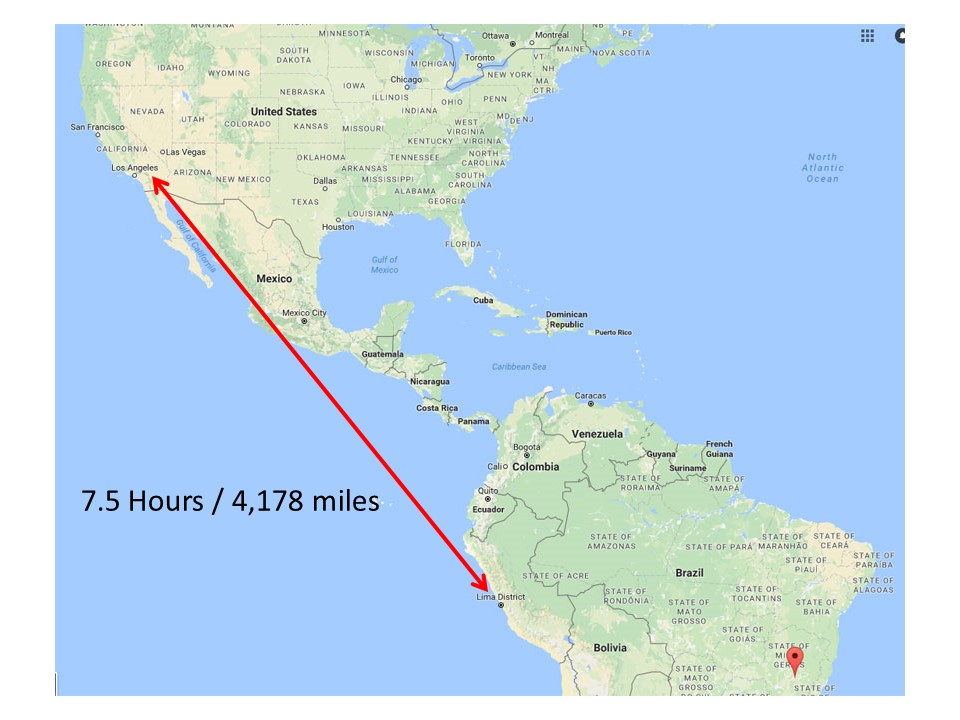 They flew LATAM airlines from LAX to Lima, Peru on flight LA2477 that left LAX at 7:55 PM on a Boeing 767-300. They had to do a Peru health declaration via the internet and print a copy prior to leaving.
They flew LATAM airlines from LAX to Lima, Peru on flight LA2477 that left LAX at 7:55 PM on a Boeing 767-300. They had to do a Peru health declaration via the internet and print a copy prior to leaving.
They had to wear a CN95 mask, or double max, on all flights and in all airports throughout the entire journey. The requirement only became laxed on the Bogota to Los Angeles flight returning home and after immigration at LAX.
I can tell you, more than 12 hours with a mask on is most annoying. The backs of my ears hurt. The skin on my cheek was chafed. It sucked and was only barely tolerable.
(Monday 6/27/2022 Day 1) - Travel Lima to Cusco
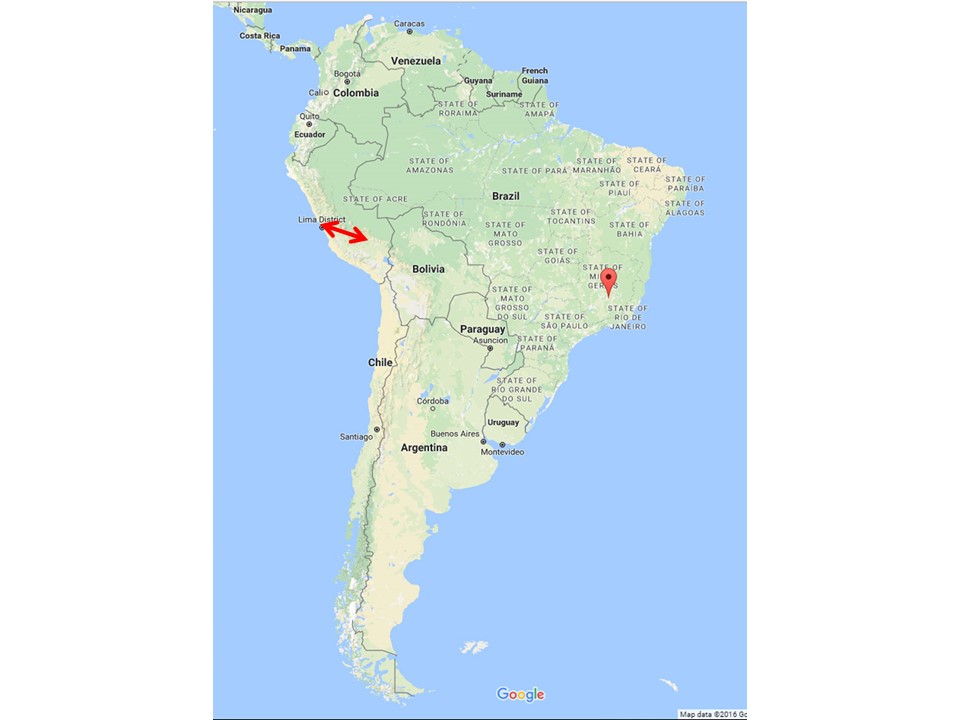 Mark and Beth arrived in Lima, Peru at 6:35 AM. It was a 7.5 hour flight. They had a 2-hour layover in Lima. They left Lima at 8:50 AM on flight LA2322 and flew to Cusco, Peru on a Airbus 319. They arrived in Cusco at 10:13 AM.
Mark and Beth arrived in Lima, Peru at 6:35 AM. It was a 7.5 hour flight. They had a 2-hour layover in Lima. They left Lima at 8:50 AM on flight LA2322 and flew to Cusco, Peru on a Airbus 319. They arrived in Cusco at 10:13 AM.
I should note that they paid extra for their flights that put them is group C boarding and into comfort seats and cancel anytime tickets, if before the flight. Frank and Lina did the same and we all agree it was well worth the extra money.
After arriving in Cusco, we were tired and just wanted to get to the hotel so without too much negotiation Mark paid a taxi driver $10 for the 20 minute lift to the center of town and their hotel.
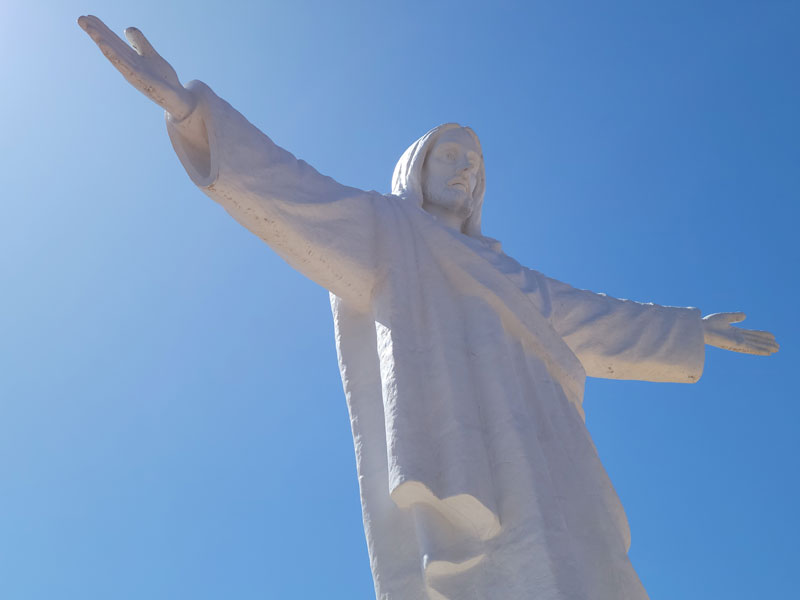
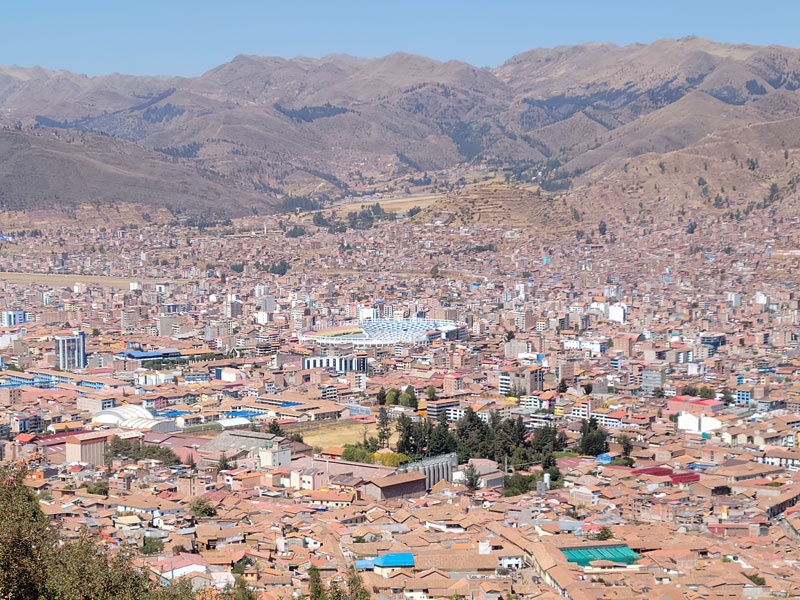
Cusco, a city that sits at an altitute of 11,150 feet (3,399 m) in the Peruvian Andes, was once capital of the Inca Empire. It is now known for its archaeological remains and Spanish colonial architecture. Plaza de Armas is the central square in the old city, with arcades, carved wooden balconies, pre-Incan and Incan wall ruins. The baroque Santo Domingo Convent was built on top of the Incan Temple of the Sun (Qoricancha), and has archaeological remains of pre-Inca and Inca stonework.
We stayed at a hotel Mark and Frank had stayed at in 2016 - the Tierra Viva Cusco Centro. The plan is to spend one night at the hotel, leave most of our luggage at the hotel, drive to Ollantaytambo and spend the night, go to Machu Picchu the next day, spend another night inOllantaytambo, drive back to Cusco, and stay for another 3 nights in Cusco at the Tierra Viva Cusco Centro hotel. It is a lot of moving parts and a lot of things to see, but what an adventure.
After Mark and Beth settled into the hotel, Mark took Beth on the several block walk to Plaza de Armas as an introduction to Cusco and so she could orient herself to her surroundings. You should know that just about every town in Peru has a Plaza de Armas. This is what the central meeting place or park is called in just about every Peruvian town.
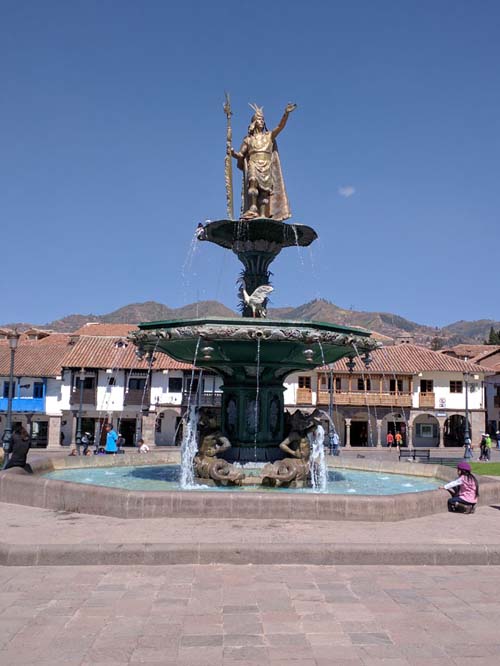
Frank and Lina flew from Cartagena, Colombia to Bogota then on to Lima, Peru and then on Cusco. They arrived in Cusco around 7:00 PM. It was a long 10 hour day for them to simply travel from Colombia to Peru.
After Frank and Lina got settled in we all took another walk to Plaza de Armas. On our way back we decided to have a bite to eat.
We went to dinner at a corner Italian cafe on the way to, and adjacent to, Plaza de Armas. It was really good. The name of the place is JJonaS Cocina Fusión. They are located right on the corner. Their food is a little expensive for Peru but absolutely the best. We ate there 3 out of our 4 days we were in Cusco.
At the restaurant, Lina was having problems with altitude sickness. Cusco sits at an altitude of 11,100 feet (3,399 m). The employees at the restaurant had several remedies of coca oil that is rubbed on the skin and coca and herb tea that is a drink. They provided Lina good care like nurses. Lina was in a lot of pain, so Frank went to the pharmacy across the street and purchased a couple bottles of oxygen. I think the oxygen helped her the most.
We finished dinner and immediately returned to the hotel about 4 blocks away. Lina was better by morning.
I should also note that we were in Cusco in their winter. The temperature in the daytime was in the 60's F and got as low as 29 degrees F at night. In other words, it was cold and something none of us was accustomed to.
(Tuesday 6/28 Day 2) - Cusco to Ollantaytambo
We got up early and had the breakfast at the hotel and, as in our previous stay, it was very good.
Frank had already arranged for a taxi to pick us up at 8:30 AM to take us to pick up a rental car near the airport. We picked up the rental car and off Mark and Frank went to try to get back to the hotel. Of course, there was some sort of demonstration and celebration going on in the center of town near the hotel and we could not get anywhere near where we knew we needed to be to park the car next to our hotel. They literally had the street closed the parking area was on.
We needed to get checked out of the hotel, get our luggage stored, and get off to the Sacred Valley and Ollantaytambo - the beginning of our journey to Machu Picchu. We ended up on the north side of town. Every place we needed to turn to get back to our hotel ended up being a one-way street going in the wrong direction. Anyway, we finally went the wrong way down a one-way street and ended up on a street that took us back to our hotel. Keep in mind that each and every street we were on was bumper to bumper traffic with pedestrians, vendors, protestors, and everything else everywhere. Driving is Cusco proper is a nightmare. After about an hour of driving around aimlessly, we finally got back to our hotel and the street where the parking lot was located was finally open. We parked, got the luggage stowed, got the girls and headed out of Cusco without stopping for anything. We were finally on our way to the Sacred Valley and Ollantaytambo.
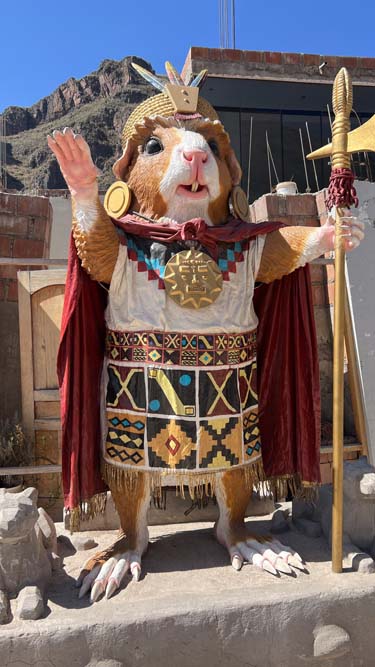
We took the rout that went through the cougar country and the cuy (guinea pig on a stick) areas. This was exactly the opposite direction that Frank and Mark took on their 2016 trip.
We were hungry and we were in cuy territory. Lina was curious so Frank stopped at one of the cuy restaurants. We sat at a little table in a garden area on the grass under a low tree.
Cuy, one of Peru's most famous dishes, is not for the faint of heart; it's fried or roasted guinea pig, and it's a Peruvian delicacy. Cuy tastes like a cross between duck and rabbit. When properly prepared, the meat of the guinea pig is rich, fatty, and flavorful, while the skin, when roasted over a hot fire, gives pork crackling a run for its money.
Lina was the only one who ordered cuy. We all tried a little piece. We all concurred it was horrible. Lina finally gave her plate to one of the Peruvians who worked at the little place we were at and he devoured the cuy that was left.
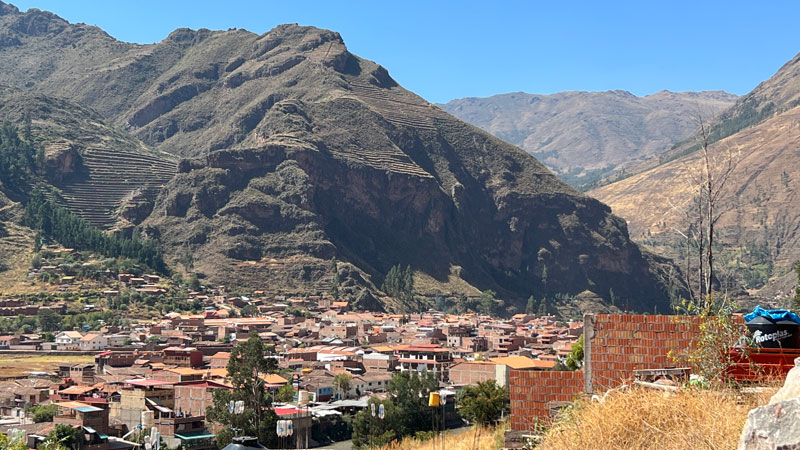
We continued our journey through the sacred valley. One thing that is noticable all over much of the hill sides is the terrasing. The hills are terrased in some of the most inaccessable places. This is typical of many of the hill sides throughout Peru.
We arrived at Ollantaytambo in the early afternoon.
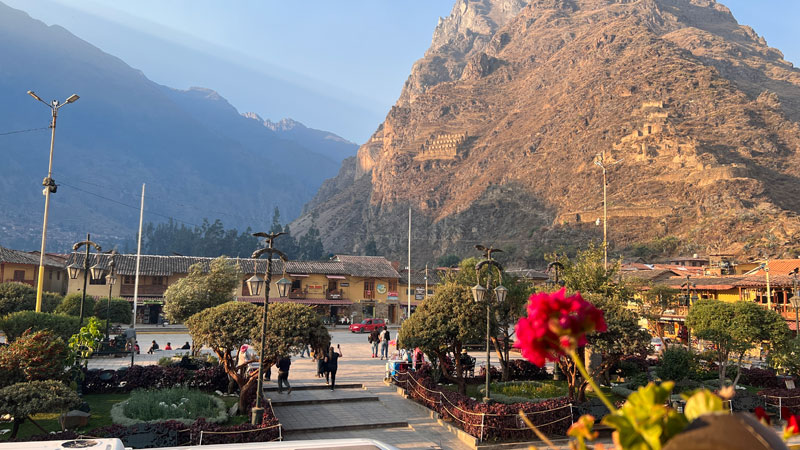
Ollantaytambo is a village in the Sacred Valley of southern Peru, set on the Urubamba River amid snow-capped mountains. This little city sits at an altitude of 9,160 ft. (2,792 m). It's known for the Ollantaytambo ruins, a massive Inca fortress with large stone terraces on a hillside. 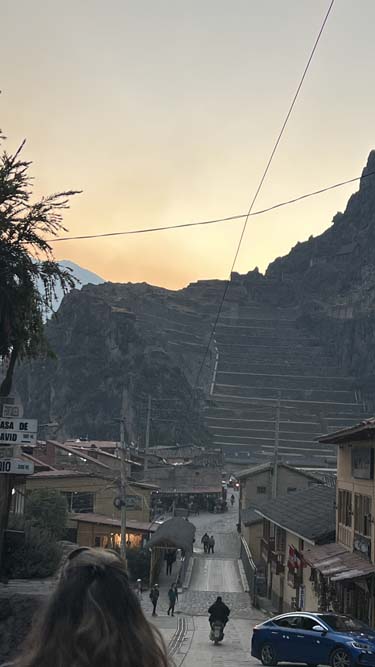
Major sites within the complex include the huge Sun Temple and the Princess Baths fountain. The village's old town is an Inca-era grid of cobblestoned streets and adobe buildings with mostly pre-Incan foundations. Most visiters bypass the Sacred Valley sites and Ollantaytambo alltogether because they take the train from Cusco directly to Aguas Calientes - the city below Machu Picchu.
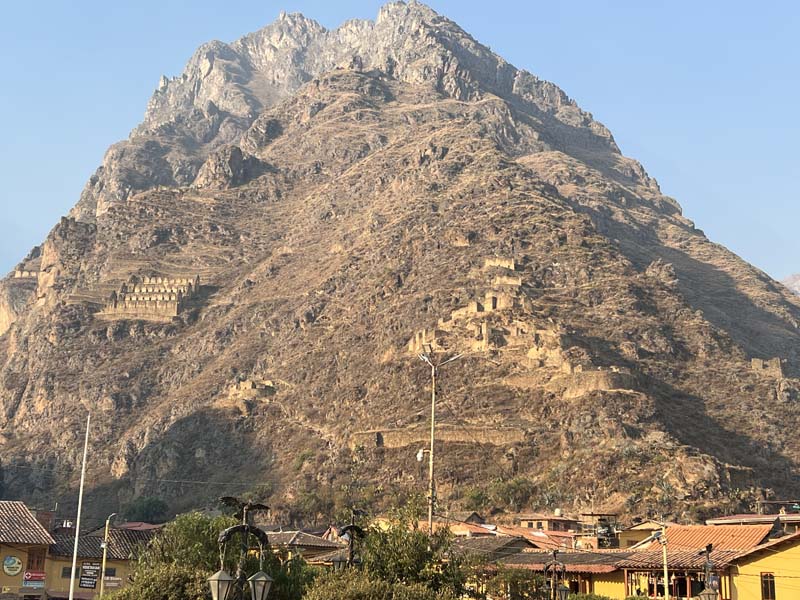
I found driving through the Sacred Valley and exploring Ollantaytambo to be worth while especially visiting the Sun Temple which is just as remarkable as Machu Picchu. The stone structures way up on the side of the hill, I'm told, were used for grain storage in the Inca times. There are several and you can hike up to them. If you want to see one up close, there is one adjacent to the Sun Temple and is easily accessed on your way out of the ruins and on the way to the Princess Baths fountain.
We found our hotel and it was much nicer than the hostel Frank and Mark stayed at in 2016 although the hostel in 2016 was not that bad and more reminiscent of the area.

The hotel Tunupa Lodge Hotel was just a block above the train station and had parking for our rental car. It was very nice and comfortable but no heat in the rooms and it was cold at night. However, they had enough blankets on the bed that you could not use them all or you would cook.
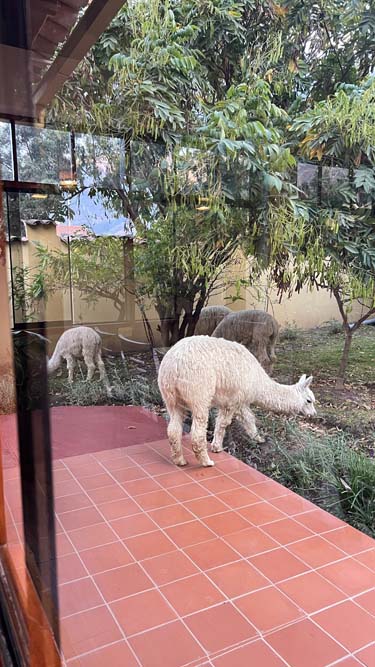
There are also lamas grazing all around the property.
We took a tuk-tuk up the long road to (all uphill) to the center of town and then walked down to the chocolate store near the flea market.
The chocolate store moved deeper into the little shops area down the hill a few blocks from where they had been in the past. Now they are a little harder to get to because they are on the side of and half way down the hill.
We then walked back up hill to the plaza in the center of town and had pizza at one of the pizza joints that overlook the town square. As before, it was really good.
We were off to Machu Picchu in the morning so we ate and walked - downhill - all the way back to our hotel to get some rest.
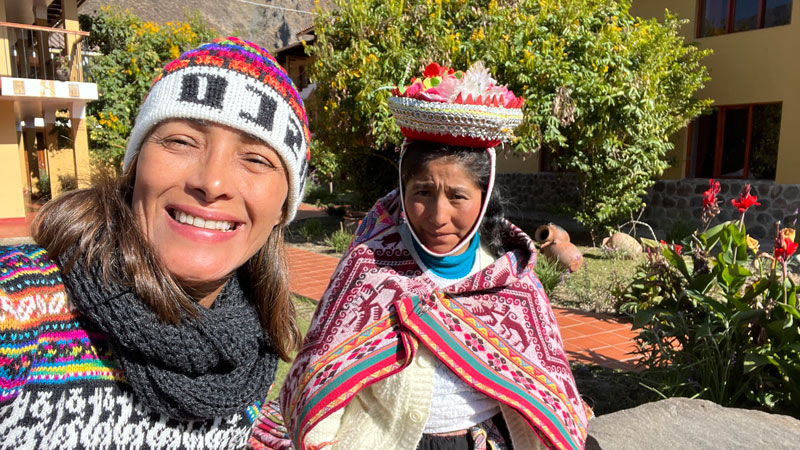
When we arrived at the hotel there was a Peruivan woman weaving blankets and scarves in the yard area of the hotel. Lina started talking to her and we found out that she sells one of her blankets for $100 and it takes her 1 month to make a blanket.
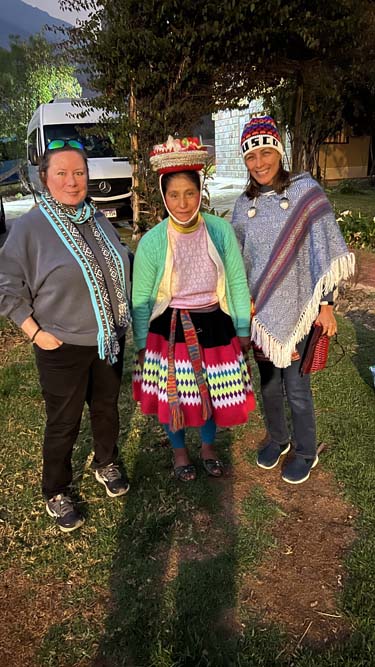
Beth and Lina both purchased several items. The scarf Beth purchased from is beautiful and Beth and Lina took pictures with this lady in her traditional Peruvian attire. She has been weaving in this same cortyard area for 15 years. She walks there from her house every day and returns home to feed her children in the afternoon. She goes home with her weaving tools just before dark. Where else in the world can you know the person who weaved your clothing by hand? All of the patterns are done from memory with primitive weaving tools.
(Wednesday 6/29 Day 3) - Ollantaytambo to Machu Picchu
We woke early because we needed to be at the train station at 8:00 AM. Our train leaves at 8:30 AM. We ate breakfast at the hotel's complimentary breakfast which was stellar. Plenty to eat and a good selection of eggs, cereal, fruit, bread, drinks, and everything was really tasty.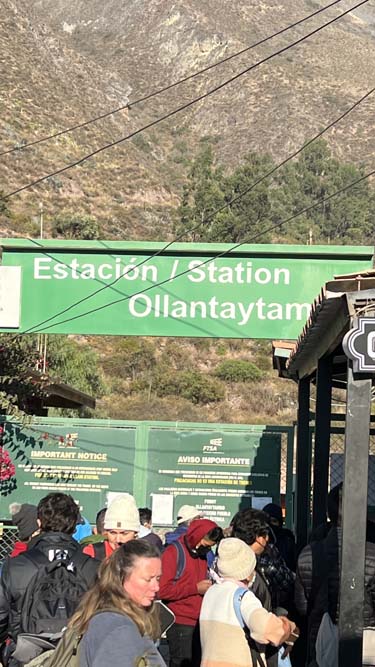
We walked to the train station. It only took a few minutes because our hotel was only a block from the station.
We boarded the train and off we went to Aguas Calientes, the city below Machu Picchu.
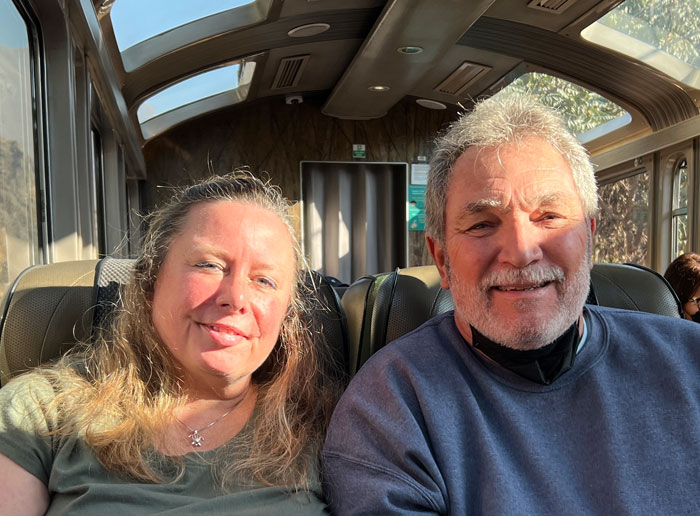
We purchased Peru Rail Vistadome tickets via the internet prior to leaving for Peru. The Visadome cars have glass panels in the ceiling and are very comfortable.
Four people sit at a table facing one another along each side of the car. We are scheduled to leave on the 8:00 AM train.
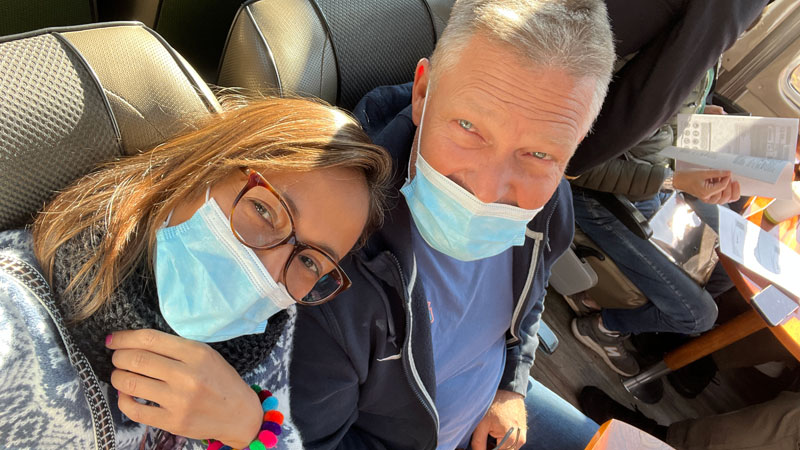
This train originates in Cusco and there are passengers already on the train headed for Aguas Calientes and Machu Picchu. The cost was $143 per person for the round trip from Ollantaytambo to Aguas Calientes and back.
The train had several delays mostly dropping off people at places that start the 4 day walk along the Inka trail to Machu Picchu.
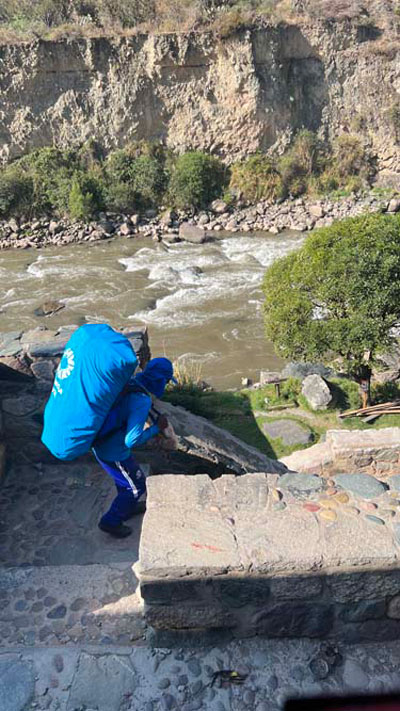
It was very interesting to see the porters carrying their huge backpacks, purchasing food and goods while crossing the railroad tracks to begin their 4 day trek on the Inca trail headed for their final destination of the citadel of Machu Picchu.
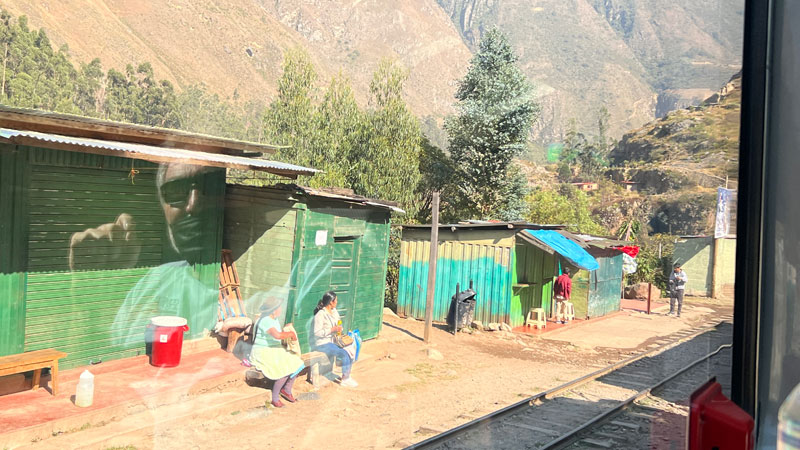
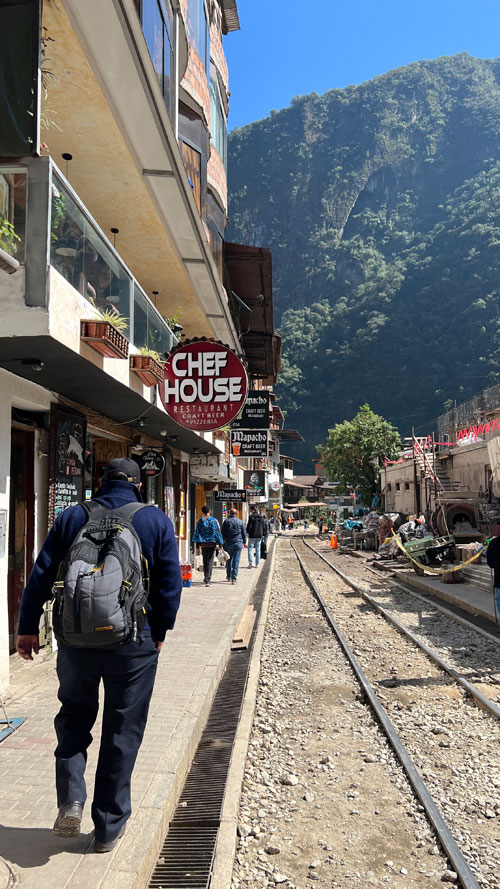
We arrived Aguas Calientes with just enough time to board the bus and head up the long switchback road up to Machu Picchu. It took about a half hour to get from Aguas Calientes to the entrance of Machu Picchu all the way up the side of the mountian. We arrived in perfect timing for our designated entrance time to Machu Picchu.
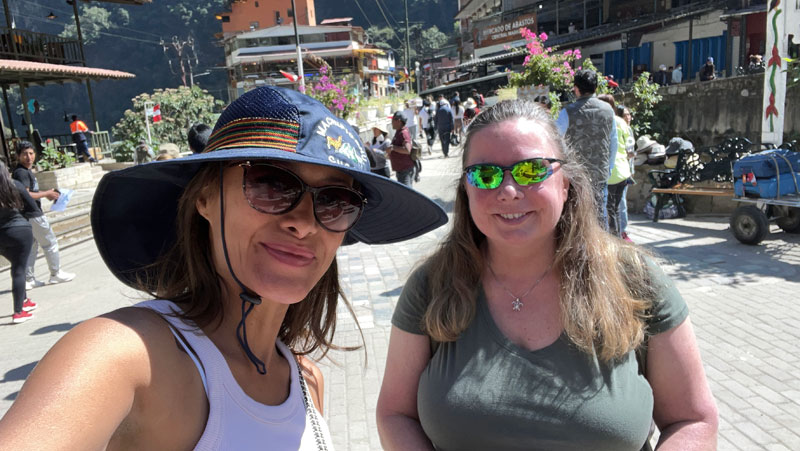
The bus ride up the mountian and entrance to Machu Picchu cost was $89 per person.
We entered Machu Picchu and did the same maneuver we did back in 2016. We were lucky. Because of the Covid-19 pandemic, Machu Picchu is running at a reduced capacity. The are only letting in about 1/3 of the people that are normally allowed to enter the citadel. There were still a lot of people but nothing like Frank and Mark experienced back in 2016. Actually, it was quite enjoyable having fewer people around.
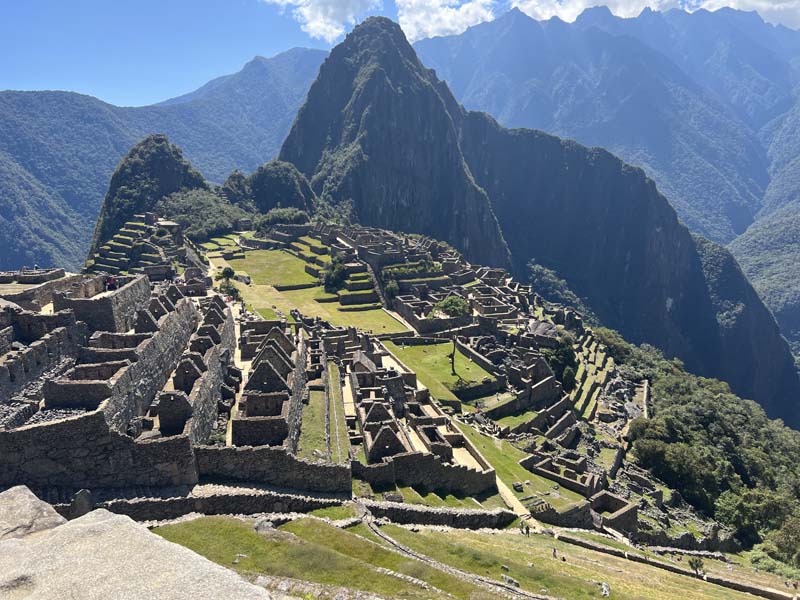
We turned left and started up the mountain. It is an arduous uphill walk. It takes about 30 minutes walking up stone stairs and we had to stop many times to catch our breath. Machu Picchu is at an altitude of 8,000 feet (2,440 meters). We finally reached the top and the ordeal was over. Picture taking was now the priority. What a view of the entire citadel.
We walked around Machu Picchu for about 3 hours and went to more of the citadel than Mark and Frank did in 2016.
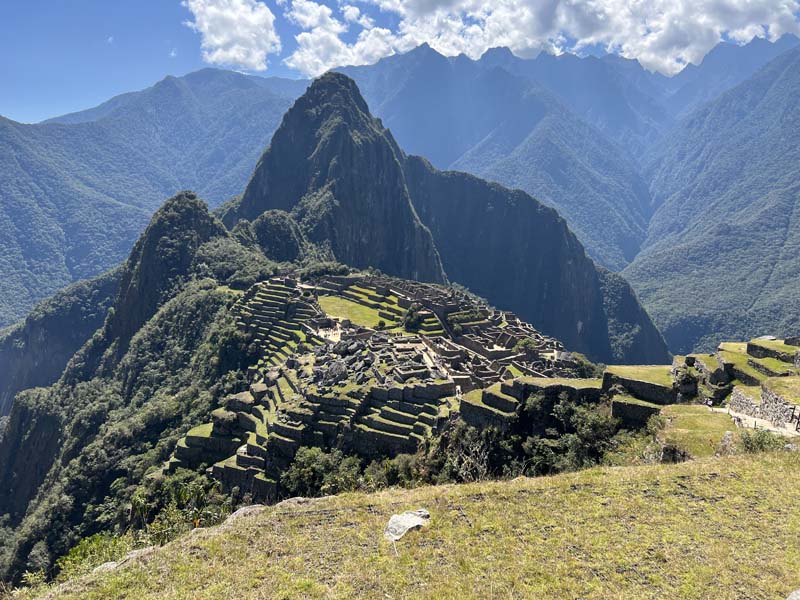
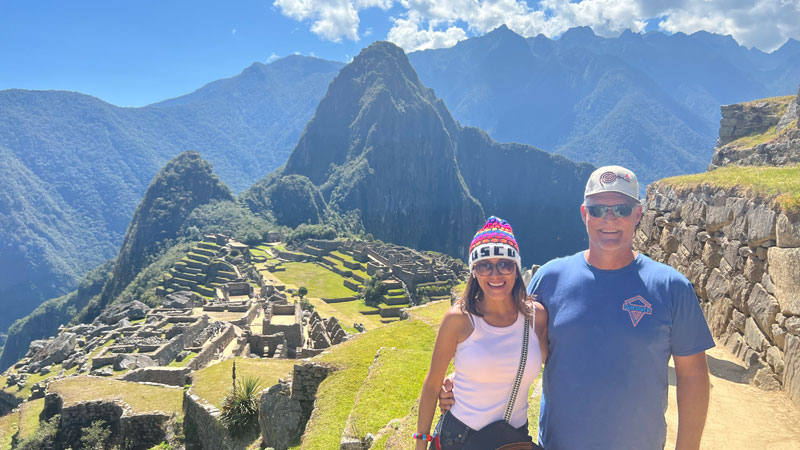
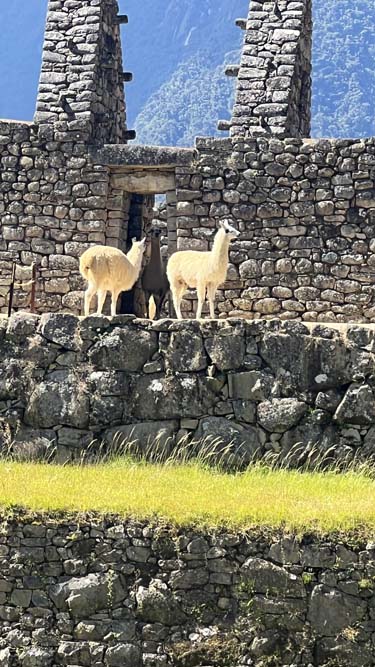
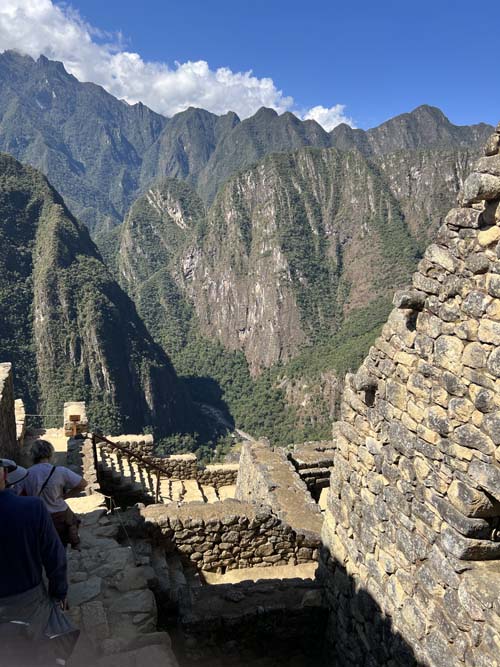
The only thing Mark was disappointed in is that the only thing he wanted to see was the sun dial and it was closed from some damage it had received from a storm in 2018.
We took the bus back down the hill to Aguas Calientes and we had a couple of hours to eat and walk around the flea market.
Mark purchased more of the hand carved wood lamas with silver saddles with stone inlay. This is the only place Mark has found this item. Mark purchased 7 more lamas.
We left Aguas Calientes at 6:20 PM (just after dark) and took the train back to Ollantaytambo arriving at 8:05 PM. We walked back to the hotel - about a block uphill - and went to bed. It was cold and we were tired.
(Thursday 6/30 Day 4) - Ollantaytambo
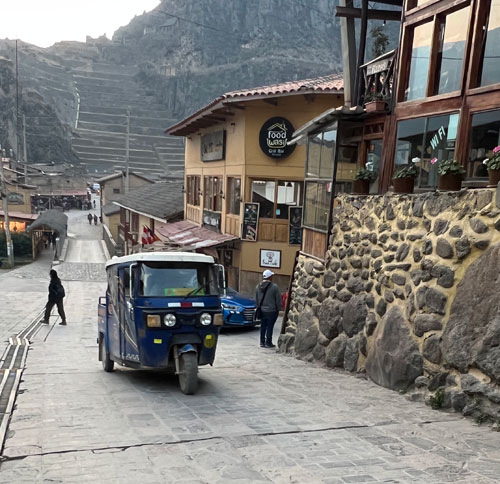
You can see the terraces to the Temple of the Sun in the background of this picture.
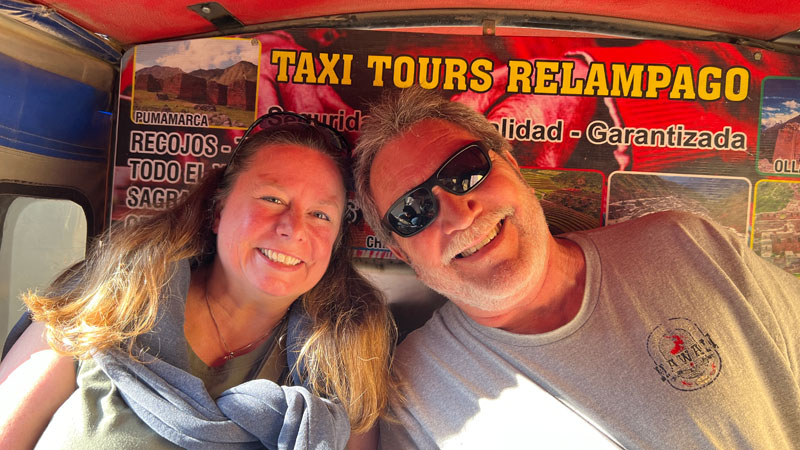
We got up a little before check out and had another awesome breakfast at the hotel. We checked out, loaded up the car, and took a tuk-tuk to the entrance to the Temple of the Sun adjacent to the flea market. The cost was $40 per person and included access to several other ruins throughout the Sacred Valley and Cusco area.
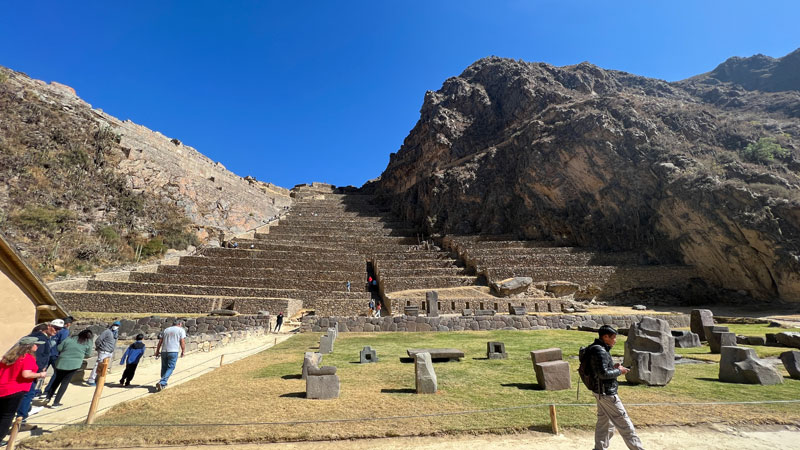
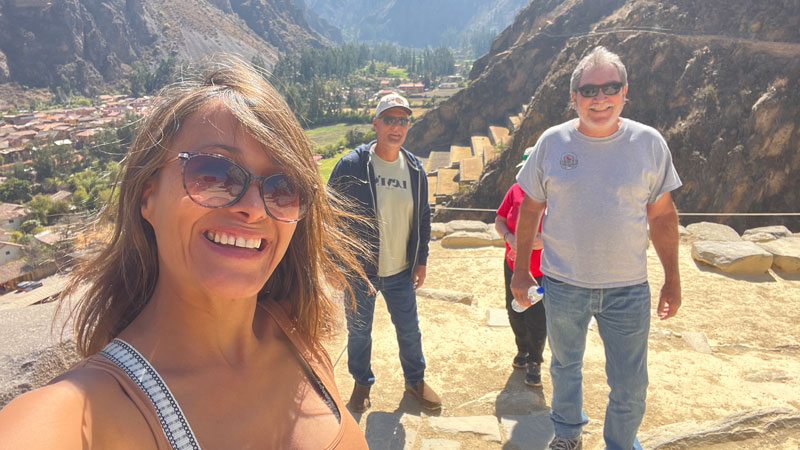
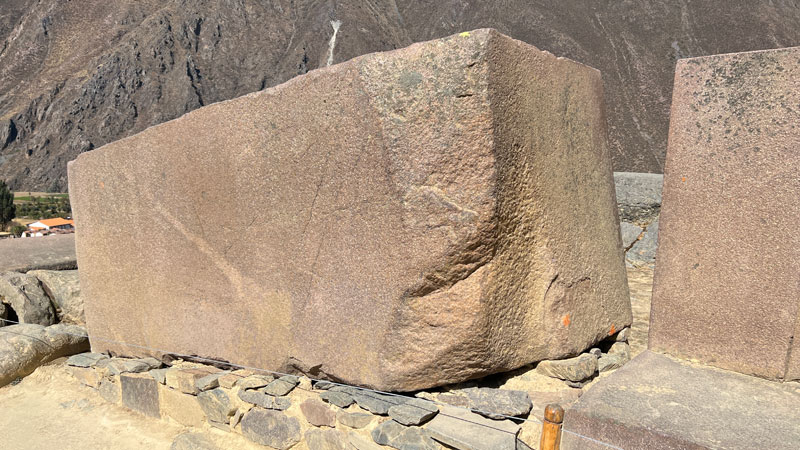
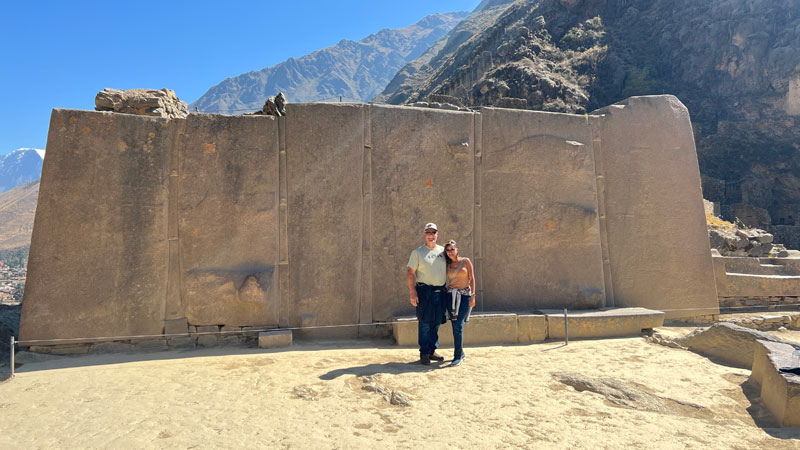
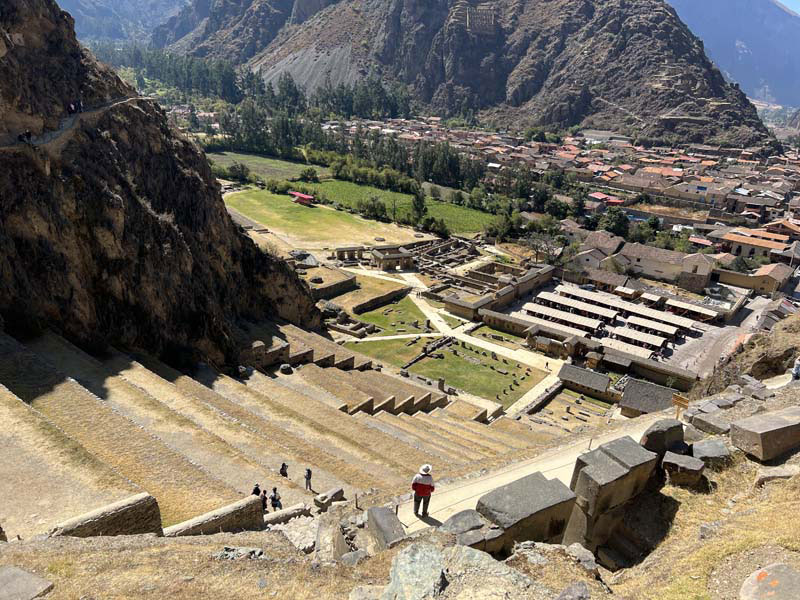
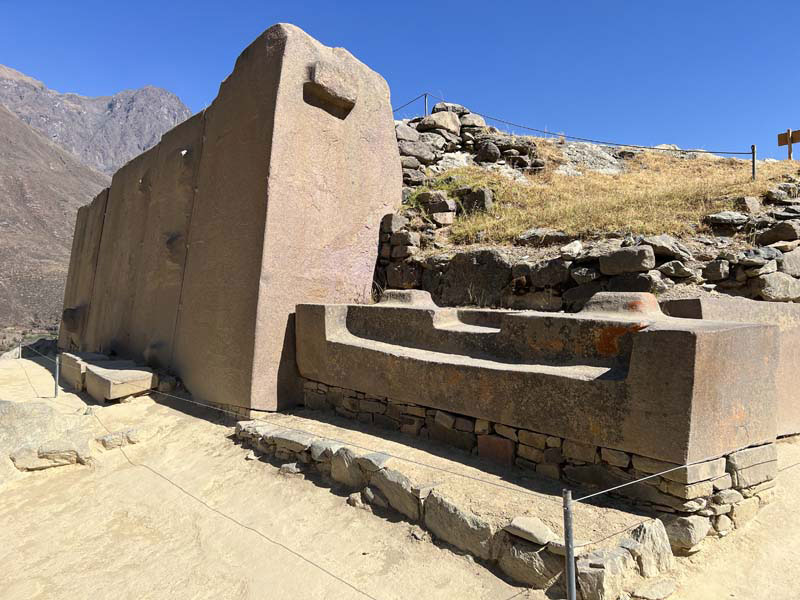
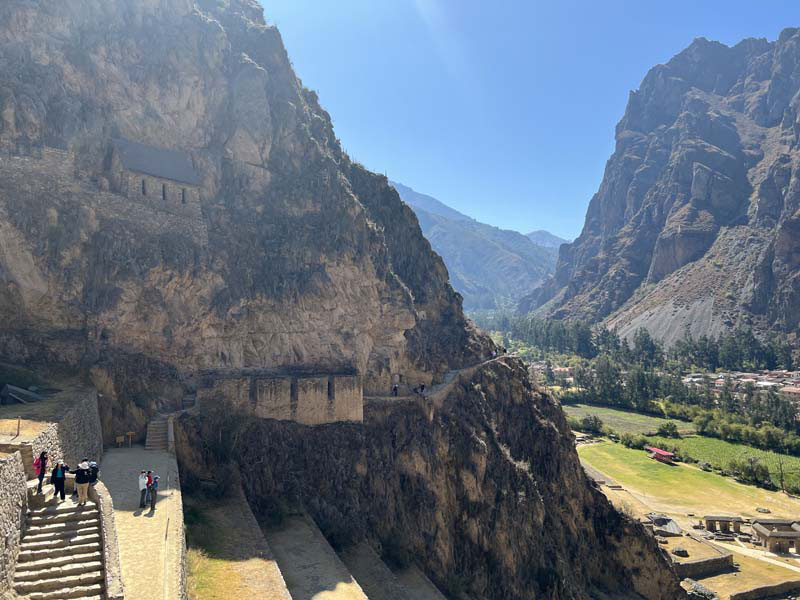
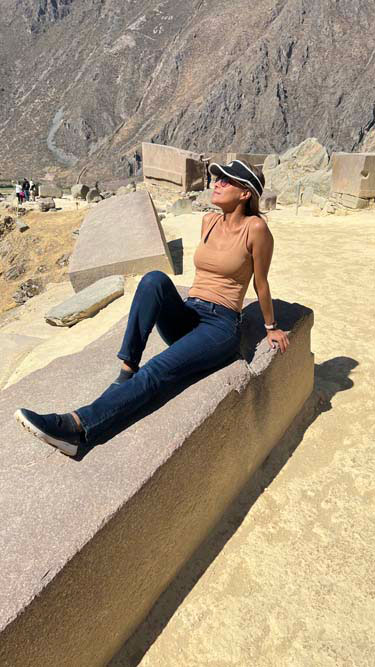
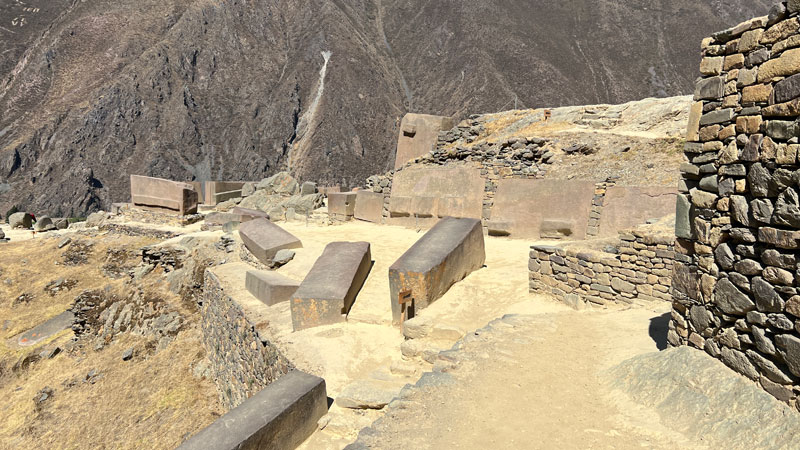

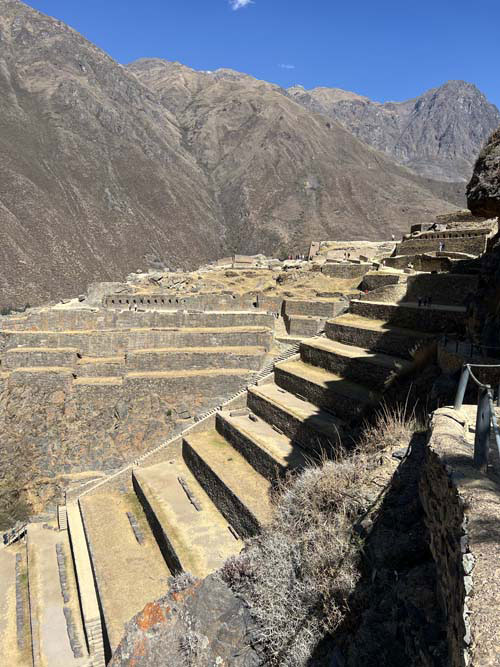
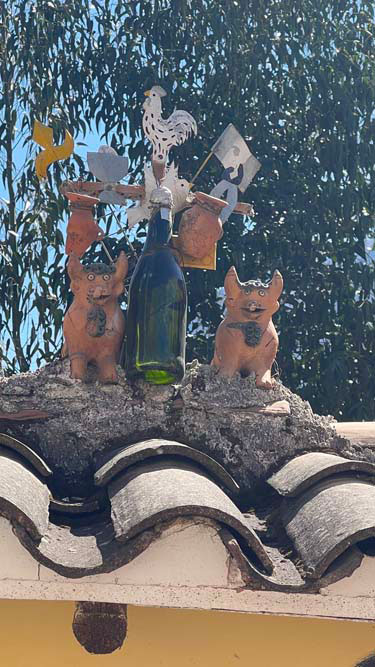
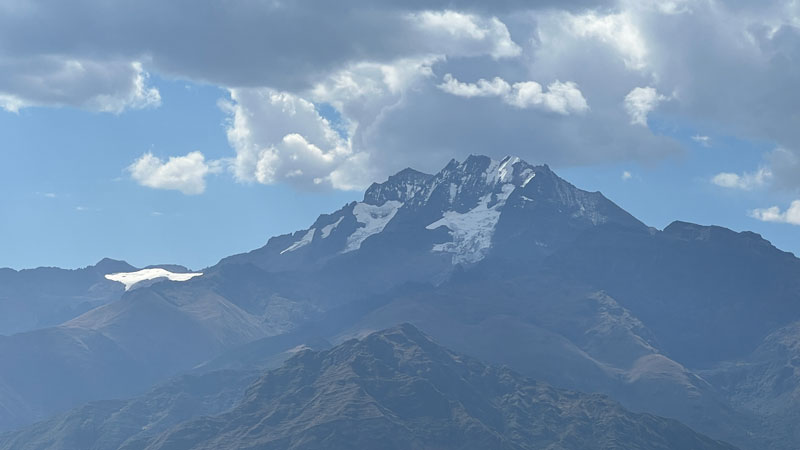
This is where the 6 monoliths are located at the top of the ruins, about 1000 feet up the side of the hill. These are 6 several hundred-ton carved granite stones fitted perfectly together. Who, why, when, no one knows? Absolutely remarkable coupled with all the other stonework of perfection. Mark believes, contrary to all the tour guides, this particular stone work is pre-Incan.
After walking the entire Temple of the Sun for about 2 hours and visiting the Princess Baths fountain adjacent to the exit of the Temple of the Sun, Frank and Lena went back to the chalcocite store and purchased some chocolate. Mark and Beth remained in the flea market and Beth purchased some items from one of the venders weaving more goods.
We walked back to the hotel - downhill - got the car, and headed back for Cusco.
We took a different route back where there are stunning vistas of glacial mountians.
Beth tried on a traditional Puruvian hat that most women wear in that part of Peru. Mark thought is was cute but Beth was not having any of it.
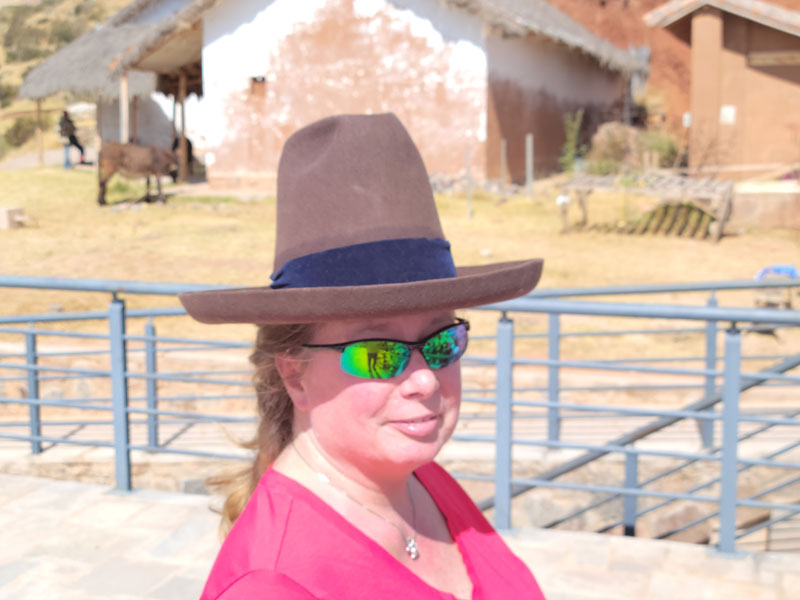 She eventually purchased a very cool looking hat and a scarf from a vendor. Lina also made several purchases.
She eventually purchased a very cool looking hat and a scarf from a vendor. Lina also made several purchases.
We arrived back in Cusco in the afternoon. We went back to our favorite restaurant adjacent to Plaza de Armas and had dinner.
(Friday 7/1 Day 5) - Cusco
Today we slept in but still had breakfast at the hotel.
We went to Sacsayhuaman and Cristo Blanco just outside and above Cusco on the road to the Sacred Valley.
 Cristo Blanco is a 26 foot tall sculpture of Jesus Christ located on the Pukamoqo hill which translates to mean red hill. Pukamoqo hill rises 700 feet above Cusco to the north. Cristo Blanco is a short distance from the entrance to the archaeological site of Sacsayhuaman. This is a place that was considered sacred by the Incas. The sculpture was a gift from the Arab-Palestinian colony in 1945. The work was created by the Cusco sculptor Francisco Olazo. The sculptor can be seen from areas of central Cusco especially at night as the statue is brightly lit at night.
Cristo Blanco is a 26 foot tall sculpture of Jesus Christ located on the Pukamoqo hill which translates to mean red hill. Pukamoqo hill rises 700 feet above Cusco to the north. Cristo Blanco is a short distance from the entrance to the archaeological site of Sacsayhuaman. This is a place that was considered sacred by the Incas. The sculpture was a gift from the Arab-Palestinian colony in 1945. The work was created by the Cusco sculptor Francisco Olazo. The sculptor can be seen from areas of central Cusco especially at night as the statue is brightly lit at night.
Beth got to pet one of the lamas there for the tourists.
None of us had ever been to Sacsayhuamán. Mark and Frank drove around it several times in 2016 but never went to have a look. That turned out to be a mistake. Sacsayhuamán, which can be spelled many different ways, is a citadel on the northern outskirts of the city of Cusco. The complex is believed to have been built by the Inca in the 15th century, particularly under Pachacuti and successors. They built dry stone walls constructed of huge megalithic stones. Mark and Frank arn't so sure. They both beleive the perfectly cut and fitted megalithic stones are per-Incan.
The complex included temples, notably one to the sun god Inti, and was used as a location for Inca ceremonies. The Sacsayhuamán was also a major Inca storage depot where arms, armour, foodstuffs, valuable textiles, ceramics, metal tools, and precious metals were kept.
The entry cost was 70 soles or about $20 per person.
In the pictures you will see stones as if they have been melted together and stones stacked one atop the other but not precisely fitted. Mark calls the precisely fitter stones pre-Inca and all other Inca. Mark believes many of these stones were already there when the Inca took over.
Sacsayhuaman, although lesser known than Machu Picchu, is a show off in its own right. With stones as high as 5m (17ft) and some weighing 350 tons this Inca military ruin is a powerhouse. Furthermore the giant stone ramparts stretch in zigzag pattern 300m (985ft) in length across the countryside above Cusco.
The impressive stones are so perfectly aligned Spanish historians describe a knife being unable to penetrate a seam. All this without a bit of mud or mortar.
One legend has it that in antiquity thousands of men were recruited to move the stones. Supposedly 20,000 men were needed in moving the largest stone, thousands being crushed to death in the effort. The Incas design of the city of Cusco is in the image of a puma. This takes some imagination and a few of the local beverages Pisco Sours. Sacsayhuaman represents the head of the puma and the zig zag walls the separated teeth of the beast.
I am not so sure the legend is accurate. I don't think those stones could be moved using human workers no matter how many perople they used. When you add cutting and placing them, I do not think humans were in the equation.
Frank 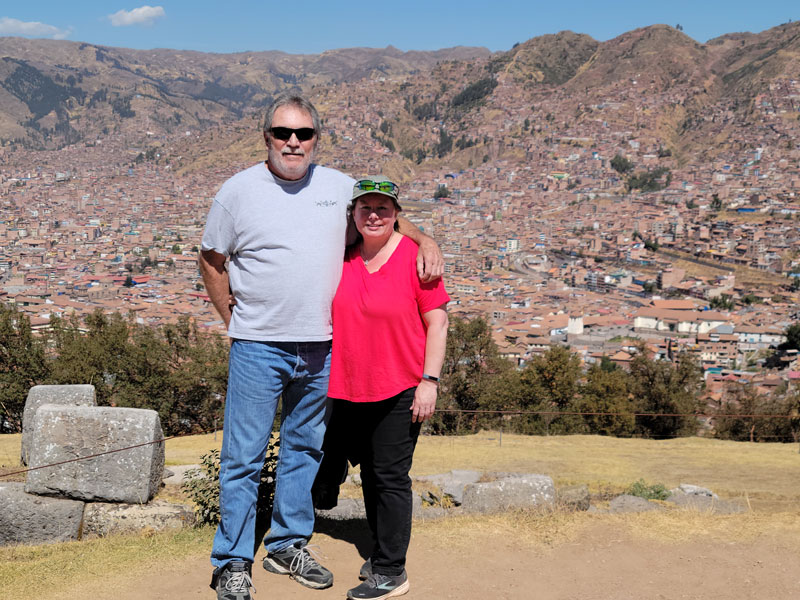 renamed the place Sexy Woman and that works for
renamed the place Sexy Woman and that works for
me. Just another place in Peru where no one really knows who built the place, when, or why.
But, some of the most awesome stone work on the complexity of Puma Punku in Bolivia and not too far from Cusco. 100 ton stones fitted with precision we could not do today without diamond cutting tools and huge machinery.
(Saturday 7/2 Day 6) - Cusco
We had an extra day in Cusco because in order to get a direct flight from Lima to Cartagena Colombia, it was only offered every other day. We had to have the car back by 9:00 AM and that was Mark and Frank's 1st priority. We got gas and got it back to the car rental place by the airport with 30 minutes to spare. We took a cab back to the hotel.
We went to the San Pedro market. Frank and Lina ate a good soup and chicken meal that cost about $2. Mark and Beth walked around the market and checked things out.
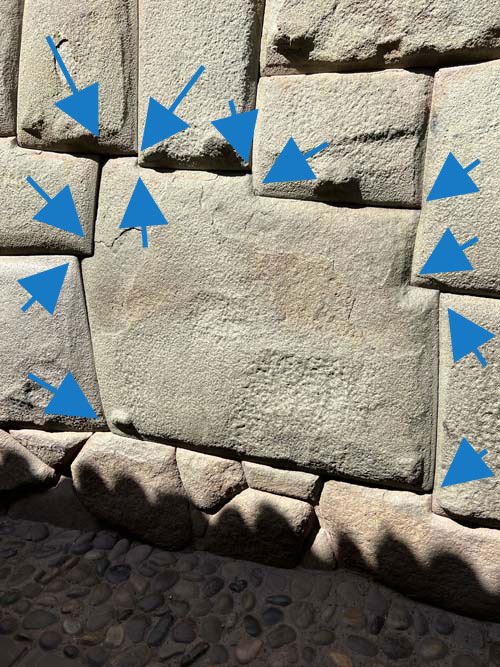
We then walked to the 12 point stone in the oldest part (pre Incan) part of Cusco. It was about 6 blocks from our hotel and not far from Plaza de Armas. This is a fameous stone because it has 12 distinct corners fitting with the adjacent stones. This is more corners than any other stone known in Peru. It is part of the old foundation of a church where much of the upper part of the wall is obviously newer construction of piled stones. This stonework is exactly the same as other pre-Incan stonework at Sacsayhuamán, Ollantaytambo, and Machu Picchu. Also common to this type of stonework are the pillow cuts on the faces of the 12 point stone near the bottom and on the faces of adjacent stones. These pillow cuts are common to many per-Incan stones but no one knows their purpose. Mark thinks they had something to do with the lifting and moving of the stones.
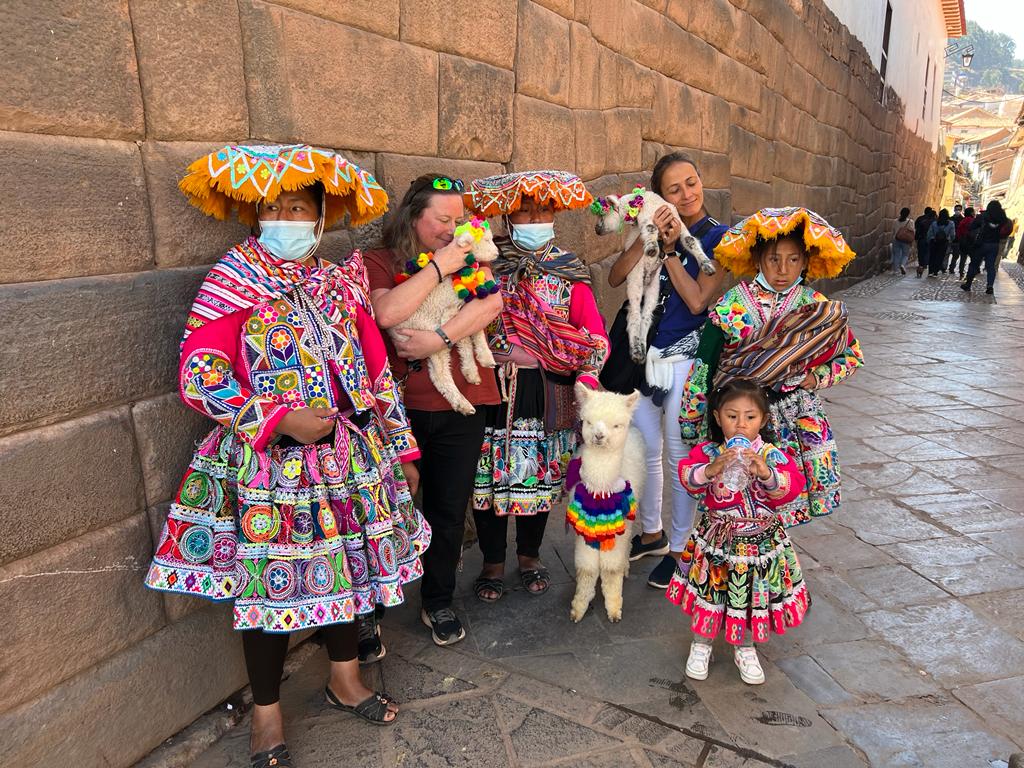
Just down the street from the 12 point stone, Beth and Lina got to hold some baby alpacas. You can tell how soft these critters are and how much both of them were enjoying their time with them. We had to drag both of them away from these little creatures.
(Suday 7/3 Day 7) - Travel Cartagena
Sunday was an early day. We had to leave for the airport by 5:00 AM to make a 7:07 AM flight. Our first leg was flight LA2004 on a Airbus A320 to Lima.
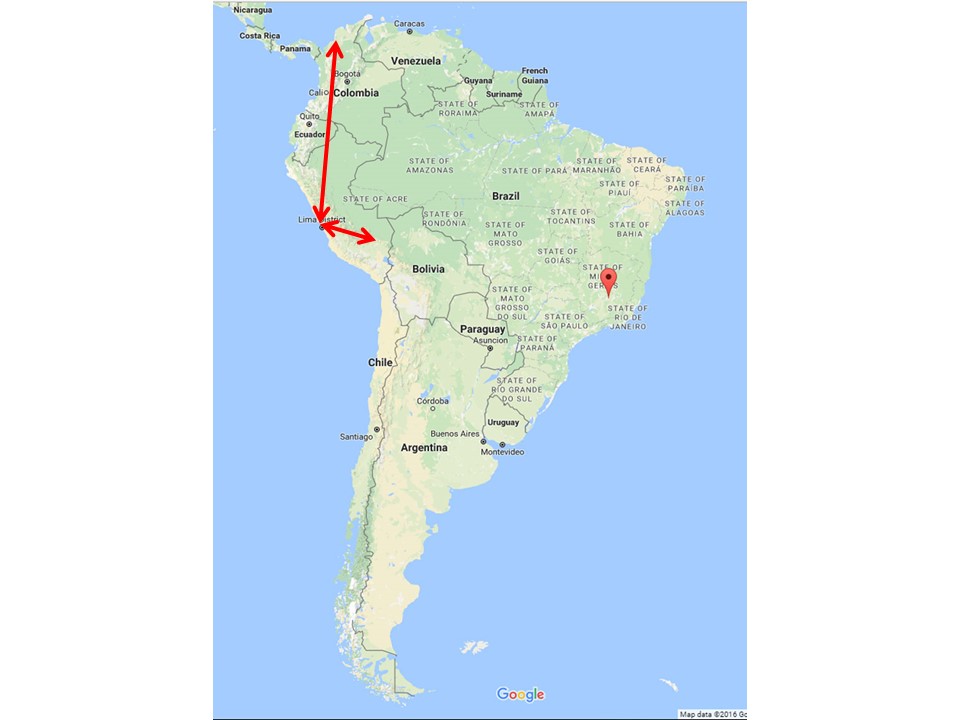 We arrived in Lima at 8:30 AM. We had a 4 hour layover. We gladly went to McDonalds, and it was really good and inexpensive. McDonalds has been ripping off the American public. In Lima, we got a double quarter pounder with bacon meal, X-large, and a quarter pounder meal, large, for less than $13. You would think that if they can do this in a airport in Lima, Peru - they should be able to do the same or better in the USA. We are being gouged.
We arrived in Lima at 8:30 AM. We had a 4 hour layover. We gladly went to McDonalds, and it was really good and inexpensive. McDonalds has been ripping off the American public. In Lima, we got a double quarter pounder with bacon meal, X-large, and a quarter pounder meal, large, for less than $13. You would think that if they can do this in a airport in Lima, Peru - they should be able to do the same or better in the USA. We are being gouged.
We left Lima on flight LA2448 at 12:35 PM on a Airbus A320. We arrived in Cartagena Colombia at 4:18 PM.
Our total flight time from Cusco to Cartagena was 7:48 hours.
Lina got us a taxi upon arriving in Cartagena and we went directly to Frank's apartment on the 5th floor of the Torre Caribe II, across the street from the beach that runs along Bocagrande.
Now we are in a furnace. 90 degrees F with 70+% humidity. During our visit it was unusually hot, even for the Colombians.
(Monday 7/4 Day 8) - Cartagena
We went to the beach and went swimming.
We all went to Fidel's in the old city. We all took our picture with Fidel and he is going to put our picture on the wall with the hundreds of other pictures. Fidel's is a fameous watering hole, even for the Colombians. Everyone knows Fidel's.
(Tuesday 7/5 Day 9) - Cartagena
Beth and Lina went and got manicures.
We all walked to Alfredo's Caribe Jewelry Store about 3 blocks away from Frank's apartment.
(Wednesday 7/6 Day 10) - Cartagena
Went to the aviary.
(Thursday 7/7 Day 11) - Cartagena
We went to Alfredo's ranch for lunch.
(Friday 7/8 Day 12) - Travel Colombia to USA
We thought we had to be at the airport for a 8:00 AM flight. Really our flight didn't leave until 10:00 AM. We simply misread our itinerary. Anyway, Frank got us to the airport by 6:00 AM.
We boarded flight AV8557 at 10:01 AM and flew to Bogota on a Airbus 320. We arrived in Bogota at 11:27 AM.
While waiting to board our final leg home (Bogota to LAX) Beth's name was call to go to the boarding desk. The separated Beth and Mark and took Beth down the jetway. Bla Bla Bla
After a short 1:20 layover, at 12:55 PM we caught flight AV084 from Bogota to Los Angeles on an Airbus 320. It was just short of an 8-hour flight. We arrived in Los Angles at 6:50 PM. We took the shuttle to the parking area just under the tunnel and walked to our truck parked in the Boeing parking lot. A short drive down the 105 to the 710 and then the 91 and we were home and avoided all the traffic on the 405.
It's good to be home! It's summer and hot but we feel a little cold having acclimated to Cartagena Colombia.
This article is to be determined ----------------
Mark and Beth both came down with Covid19 upon returning from Colombia. They returned on Friday afternoon 7/8/2022 and Mark became sick on Sunday evening. Beth became ill on Monday. The both tested positive with different tests.
As of Thursday 7/14/2022, both Mark and Beth are feeling better but are still broken.
Mark will continue documenting the trip when he recovers.
Tall

 Wide
Wide


Now let me blow your mind!
Try to wrap your head around this.
At the equator the earth spins at 1000 miles per hour = 1609 kilometers per hour.
The earth rotates around the sun at about 67,000 miles per hour = 107,826 kilometers per hour.
The sun with all of the planets rotate around the galaxy at about 559,000 miles per hour (250 km/s according to Vera Rubin, the lady who discovered this in the 1970's). In fact, the majority of the suns in all galaxies rotate around their respective black hole very close to this same speed. One would expect the rotation to be much like our solar system where the outer planets rotate slower and the inner planets rotate faster. Not so for the stars in a galaxy. Stars, at many varying distances from the black hole at the galaxy center, are all rotating at the same speed. This results in the pinwheel shapes common to most galaxies. No one really knows exactly why this is. It is being explained as the result of dark matter. Because of this, Rubin is credited with discovering dark matter - something we have no idea what it is, but we can see its effect on stars in galaxies.
Our galaxy, along with the local group of galaxies, is moving through space at about 1,340,000 miles per hour = 2,156,521 kilometers per hour.
Astronomers speculate that space is expanding at about 152,112 miles per hour = 244,801 kilometers per hour.
Add it all up and we are traveling through space at more than 2,000,000 miles per hour = 3,218,688 kilometers per hour. Other estimates say upwards of 2.8 million miles per hour = 4.5 million kilometers per hour. That is somewhere between 550 and 800 miles per second = 1,288 kilometers per second. At that speed you could travel from the earth to the moon, 238,900 miles away, in under 6 minutes. In any case, it is fast - damn fast.
It's hard to imagine traveling that fast. It's impossible to relate to these speeds especially when we feel like we are standing still in space.
As a comparison, the speed of light is 6.706e+8 mph or 670,600,000 miles per hour which is about 671 million miles per hour or about 186,000 miles per second ~ 300,000 kilometers per second.
That is about 300 times faster than we are traveling through space.
Something I should also mention is that in addition to moving through space at such an extreme speed, our sun with the planets moves up and down through the plane of our galaxy like a merry go round while traveling around the galaxy. This merry go round up and down oscillation is on a 60,000 year cycle. So, this up and down movement through the plane of the Milky Way Galaxy takes us into areas of our galaxy that may be less desirable than others. It could take us through debris clouds or near magnetars or black holes that could cause havoc in various catastrophic ways for the earth.
Why Is Earth's Weather Changing?
Now let's look at the Earth's path through space and how it affects the weather. Global warming or cooling - absolutely. Manmade - a little but nothing like earth itself. No doubt humankind is contributing to weather change, but the earth's orbit will override and exceed anything man will do.
Why you ask?
The Earth's rotational axis is tilted slightly at 23.5 degrees. The Earth's axis rotates around this circle once every 20,000 years. The north star today is Polaris, however, 5 thousand years ago it was a different star altogether (Theban) and thousands of years from now it will be Vega. Today the orientation is the northern hemisphere is leaning away from the sun. This position is why the Sarah Desert is a desert where it was more tropical, wet, and green 15,000 years ago.
The Earth's orbit around the sun is also not constant and varies widely over time. Today the Earth's orbit around the sun is almost circular so summers and winters are mild.
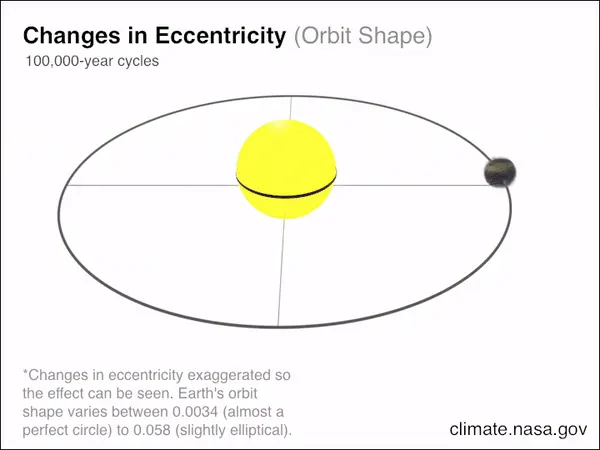
However, due to influences from the Sun and moon, Earth's orbit can go slightly elliptical. The cycle between elliptical and circular is 100,000 years. The effect of this orbital change will be hotter summers and colder winters.
Jupiter and Mars have an even bigger effect on Earth's orbit where a 405,000 year cycle takes the Earth's orbit on an extremely elliptical orbit. This orbit is thought to have been responsible for snowball earth several times in Earth's past.
Yes, Earth's climate is changing, and it is going to change way more dramatically than any of us can imagine. All these orbital changes have happened several times in the past and will happen again many more times in the future. 20,000 years from now there will be vast changes where the Sarah Desert will be green again. But these changes will be the result of the Earth's orbit around the Sun and will probably have little to do with human evolution.
Another event not often associated with weather disturbances is the occasional flip of earth's magnetic field known as geomagnetic reversal. Earth's magnetic poles are not static. The magnetic poles wander and occasionally reverse around every 200,000 to 300,000 years. The Earth's magnetic field has reversed nine times during the past four million years. The last known complete 180-degree magnetic pole shift last happened 42,000 years ago and took approximately 1000 years to complete the shift. As of late, Earth's magnetic North pole has wandered considerably on a path toward northern Russia. Scientists know that Earth's magnetic field has weakened about 9% in the past 170 years. The magnetic North pole has also been drifting more rapidly since the 1990s, at a rate of 30 to 40 miles per year.
The pole shift 42,000 years ago is suspected to have contributed to the demise of Neanderthal’s. While the poles were shifting, additional cosmic rays and high-energy particles from outer space would have depleted ozone concentrations, opening the floodgates for more ultraviolet radiation in the atmosphere over a long period of time. Shifting weather would have expanded the ice sheet over North America and dried out Australia, prompting the extinction of many large mammal species. Solar storms, meanwhile, might have driven ancient humans to seek shelter in caves. As competition for resources grew, our closest extinct human relative, Neanderthals, may have died out.
Problems in the near term.
Because the moon orbits the earth and the moon and earth orbit the sun, the two celestial bodies that affect earth the most are the moon and the sun. They line up in ways that influence how gravity acts on the earth. The phenomenon is what causes ocean tides to wax and wane. This gravitational pull differs from year to year.
To us, the moon appears to “wobble” in space. This is due to the tilt, velocity and shape of the moon's orbit which takes 18.6 years to complete. Half of the cycle suppresses tide activity by making high tides lower than normal and low tides higher than normal.
But the other half exacerbates them. Therein lies the problem.
According to NASA. the moon is currently in the “tide-amplifying part of its cycle”. By mid-2030, when this intensified series returns, people living in coastal cities may be dealing with severe floods “every day or two.”
Why you ask?
This natural yet amplified lunar cycle will be coupled with higher sea levels caused by global warming, triggering a decade of dramatic surges in the number of days with high-tide flooding on nearly all mainland coastlines in the world.
High-tide flooding is projected to exceed thresholds across the world more often and occur in clusters that last a month or longer, the NASA Sea Level Change Science Team of the University of Hawaii said. Their study was published last month in the journal Nature Climate Change.
These kinds of floods are already plaguing many cities on the Atlantic and Gulf coasts. In 2019, the National Oceanic and Atmospheric Administration reported more than 600 such floods, which occur when high tides reach about 2 feet above the daily average “and start spilling onto streets or bubbling up from storm drains.”
The problem, researchers say, is that these events are often considered less important or damaging than floods caused by hurricanes, for example, because they involve smaller amounts of water.
But “it’s the accumulated effect over time that will have an impact,” study lead author Phil Thompson, an assistant professor at the University of Hawaii, said in a statement. “If it floods 10 or 15 times a month, a business can’t keep operating with its parking lot under water. People lose their jobs because they can’t get to work. Seeping cesspools become a public health issue.”
What’s more, these repeated events will eventually occur in clusters in about a decade when the moon’s amplified wobble merges with future higher seas, the team says. The dangerous cocktail is predicted to spark increased high-tide flooding over a short period of time, creating extreme months of activity.
The bottom line - the world is headed for coastal flooding without rising sea levels. With rising sea levels coastal catastrophe is eminent.
We know greenhouse gases can change the climate based on multiple lines of scientific evidence point to the increase in greenhouse emissions over the past century and a half as a driver of long-term climate change around the world. Laboratory measurements since the 1800s have repeatedly verified and quantified the absorptive properties of carbon dioxide that allow it to trap heat in the atmosphere. Simple models based on the warming impact of carbon dioxide in the atmosphere match historical changes in temperature. Complex climate models, recently acknowledged in the Nobel Prize for Physics, not only indicate a warming of the Earth due to increases in carbon dioxide but also offer details of the areas of greatest warming. Long-term records from ice cores, tree rings and corals show that when carbon dioxide levels have been high, temperatures have also been high. The chart below shows the change in temperature vs CO2 levels over time. It is an obvious correlation.
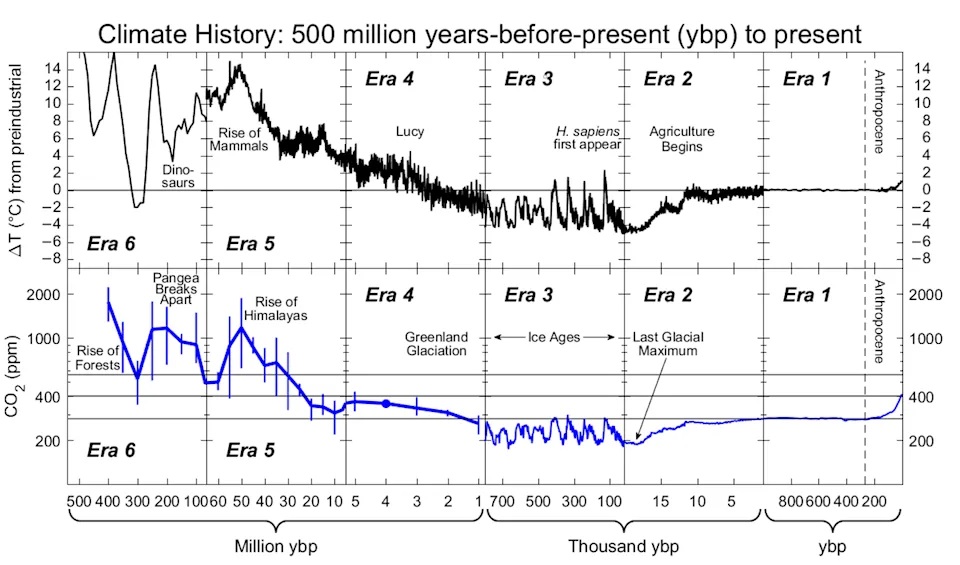
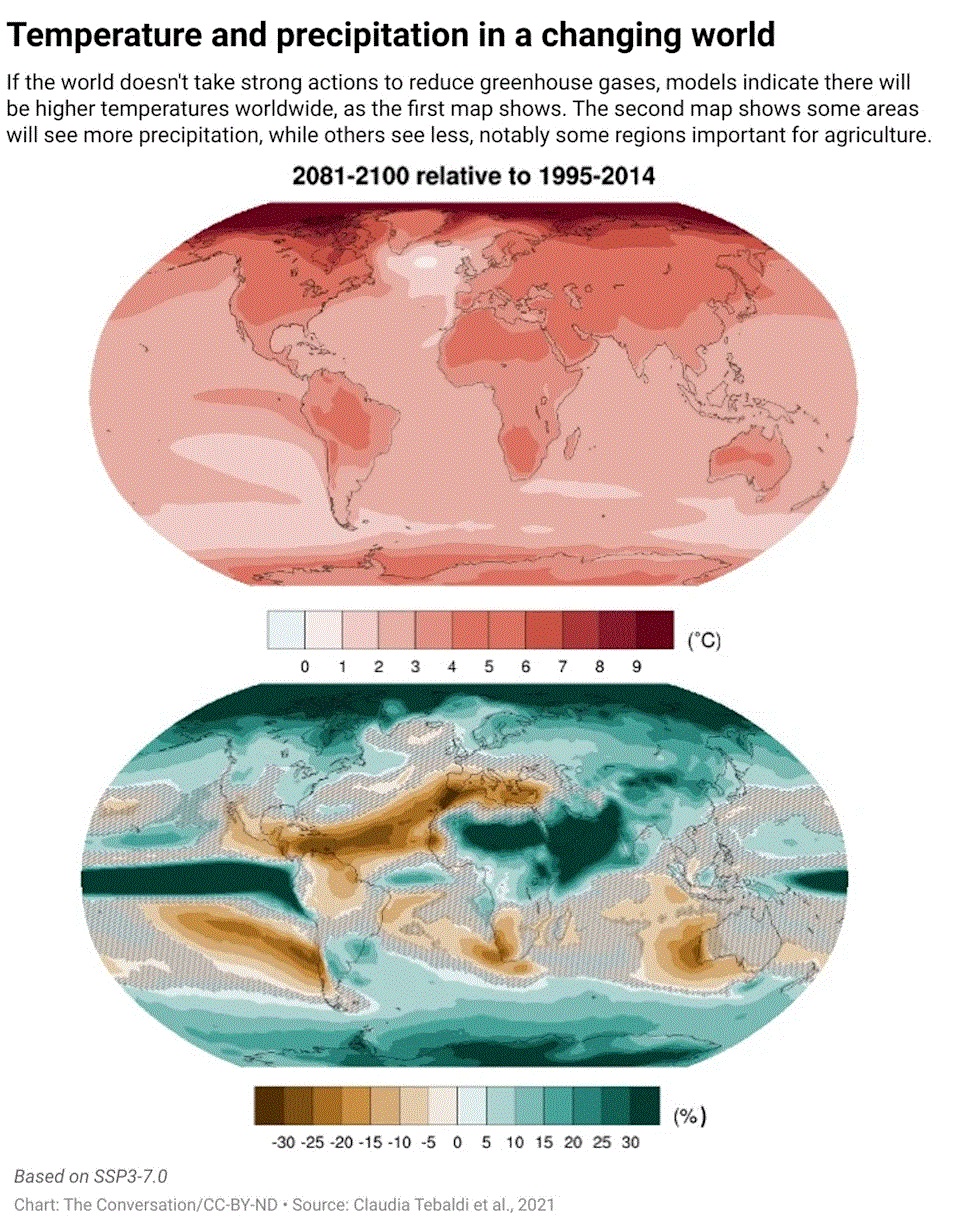
Does the below graphic concern anyone?
Fires across Canada - summer 2023
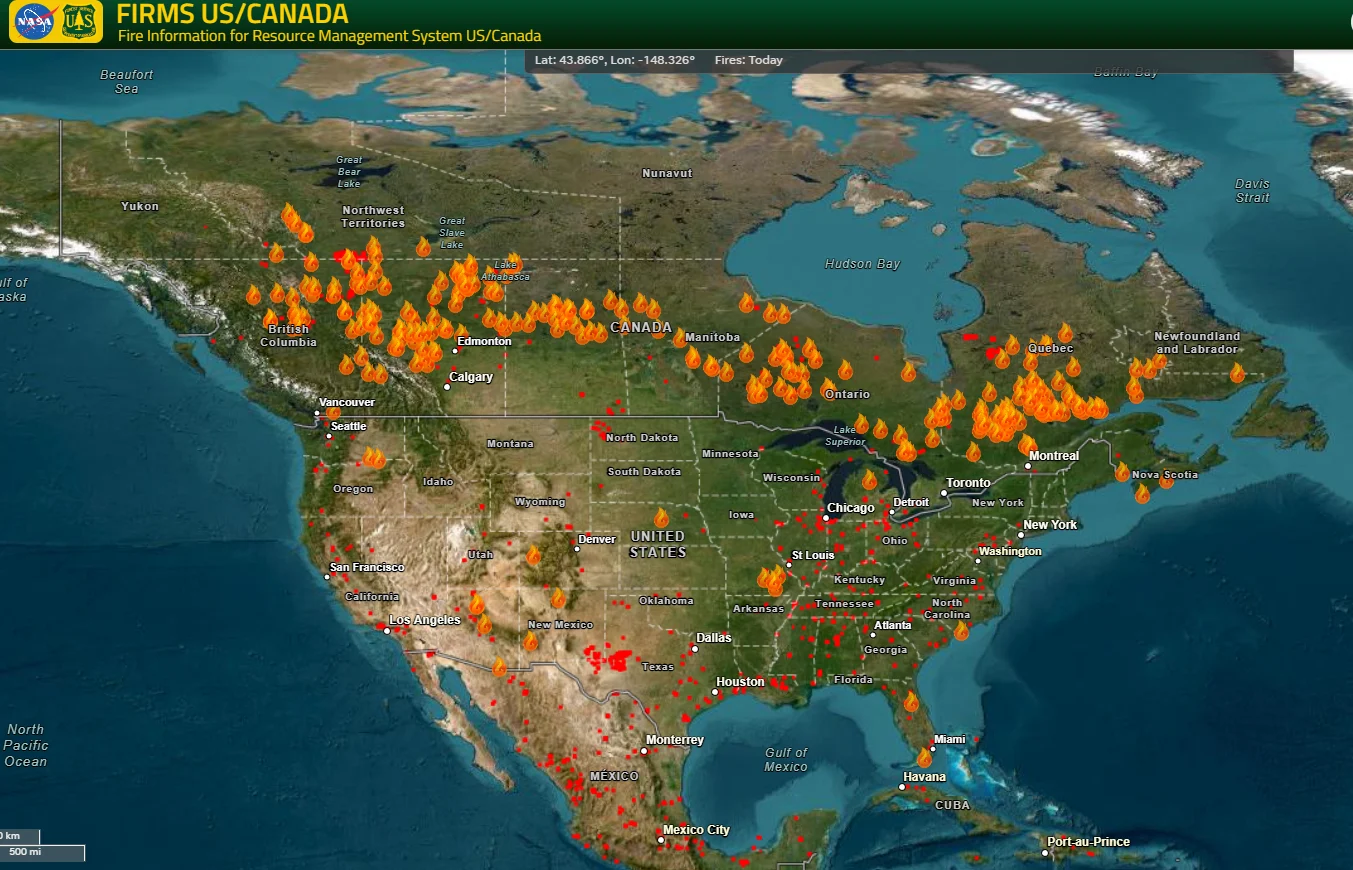
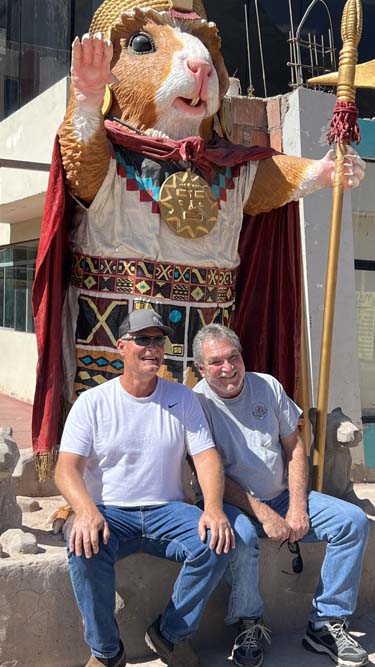
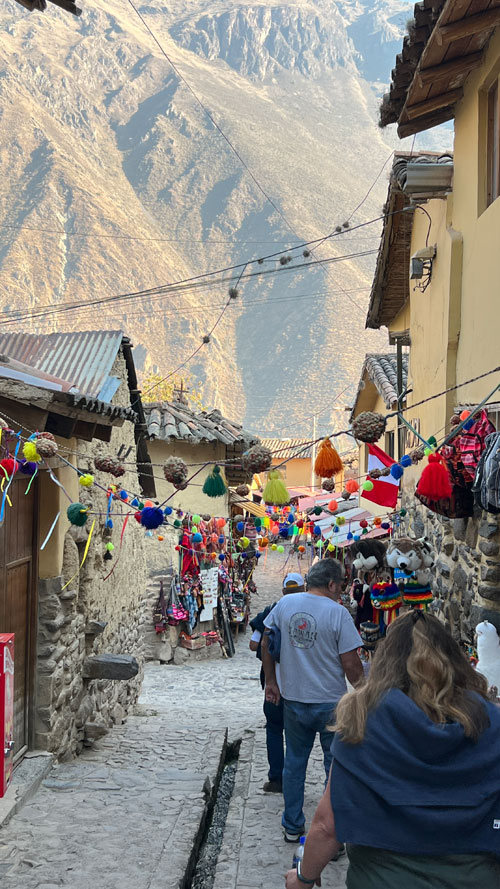
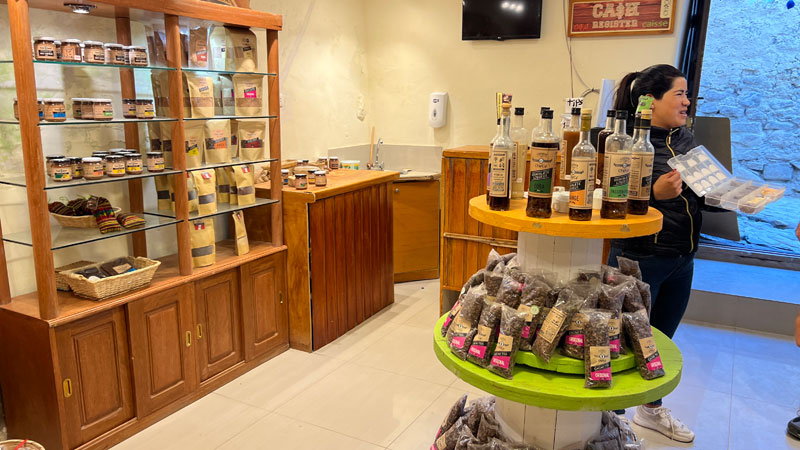
.jpg)
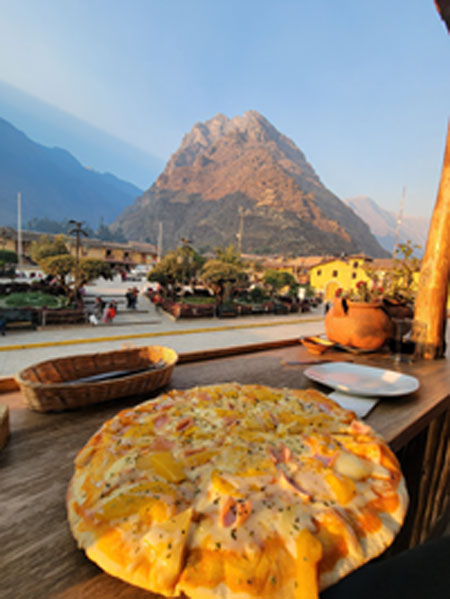
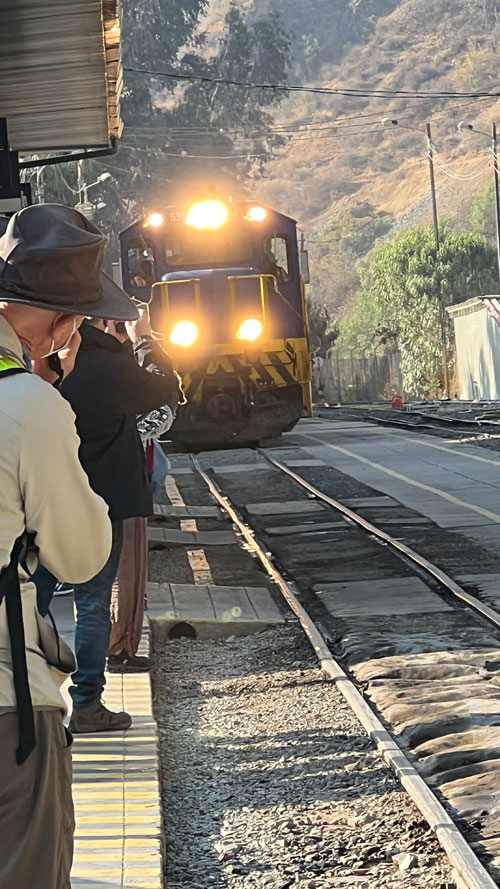
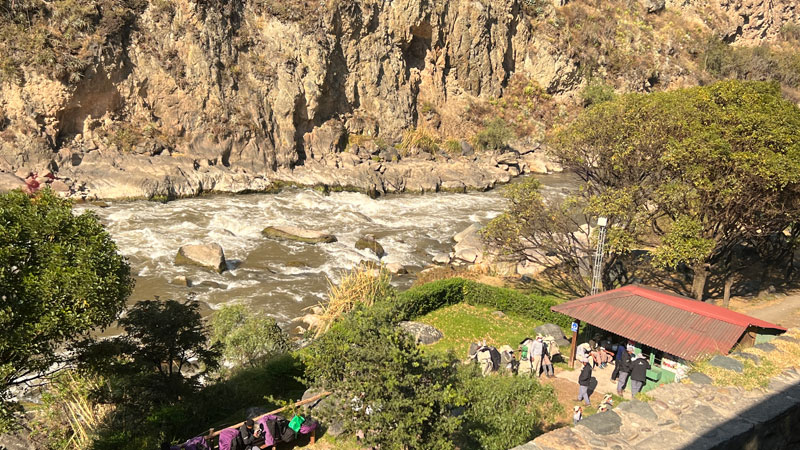
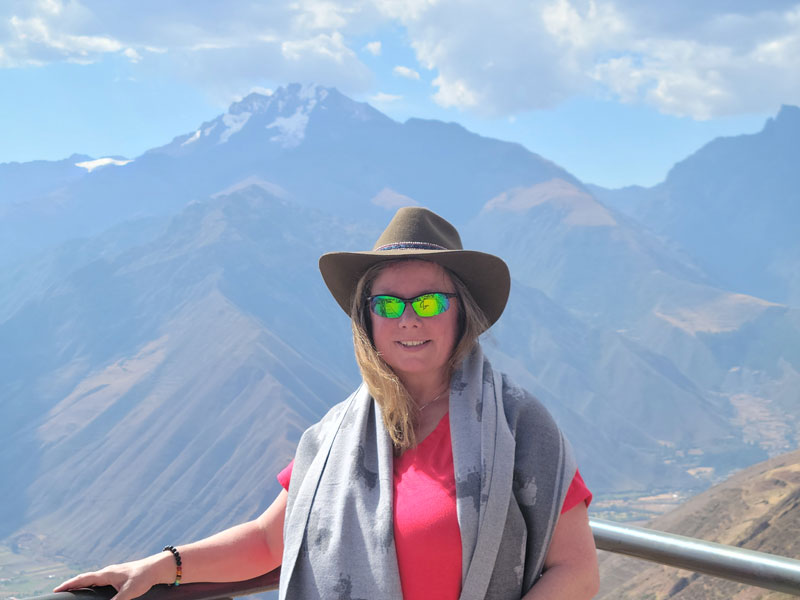
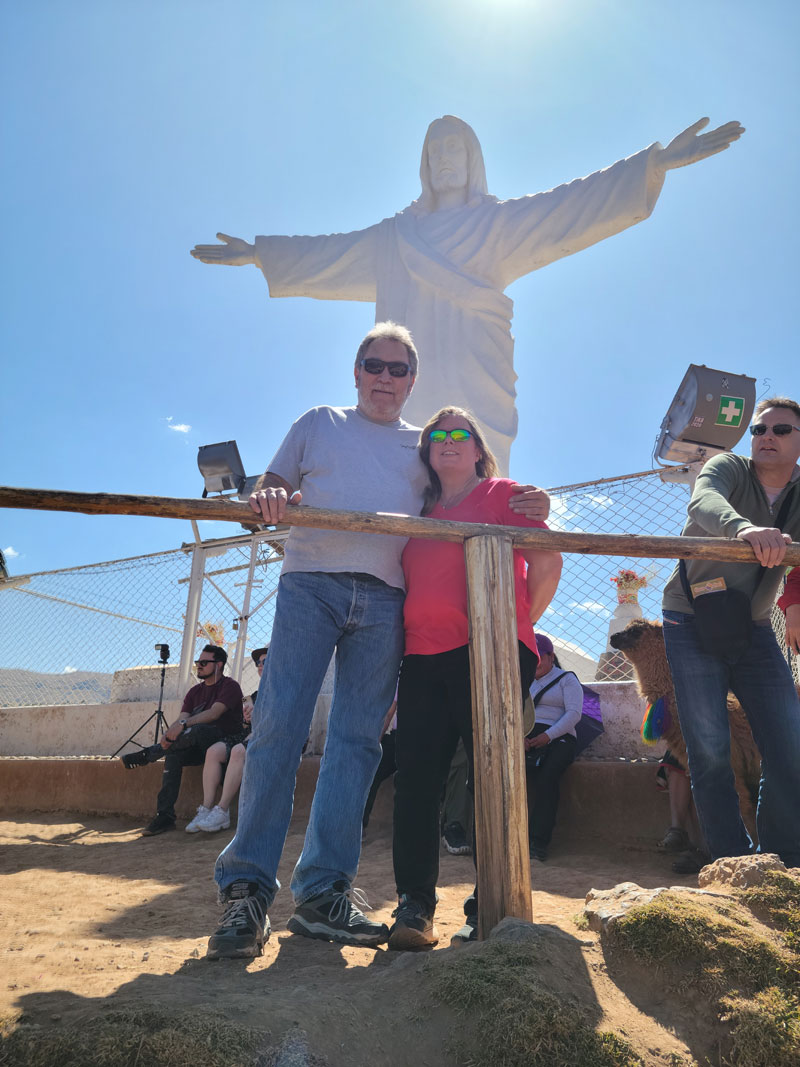
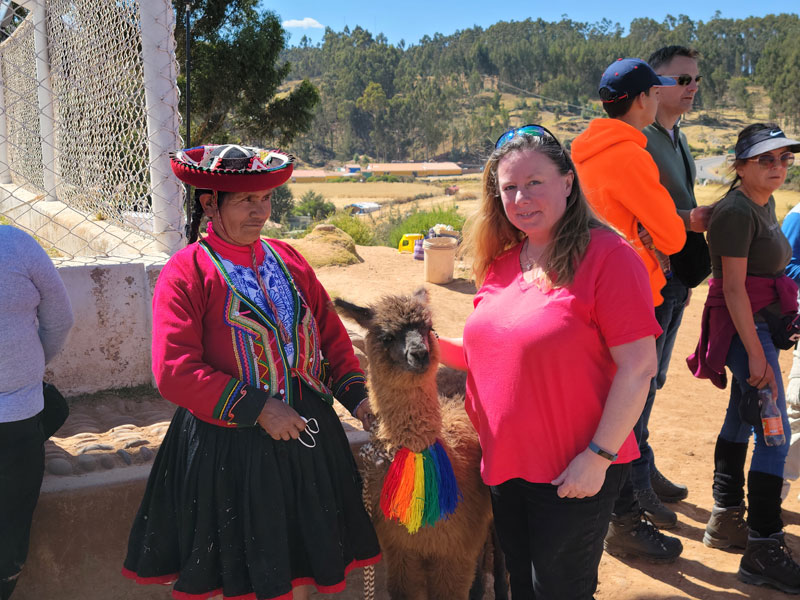
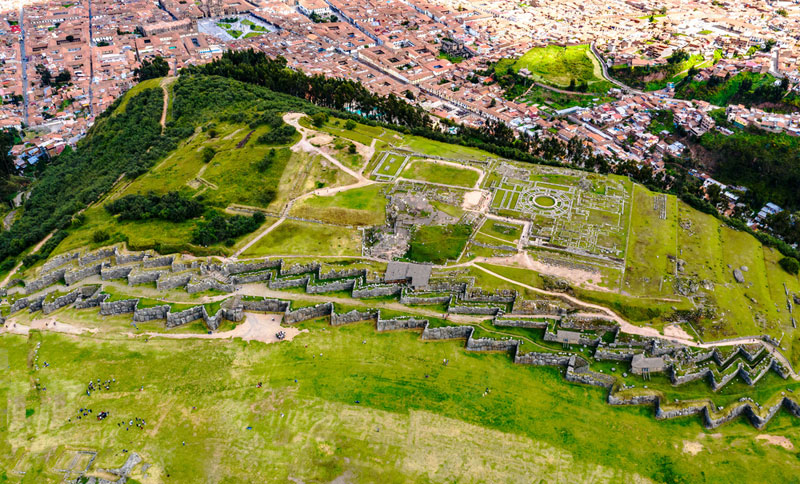

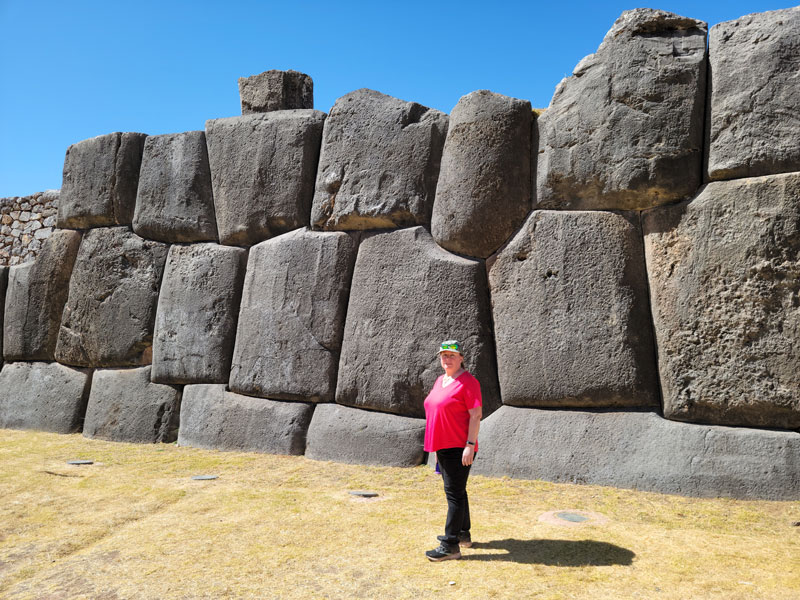
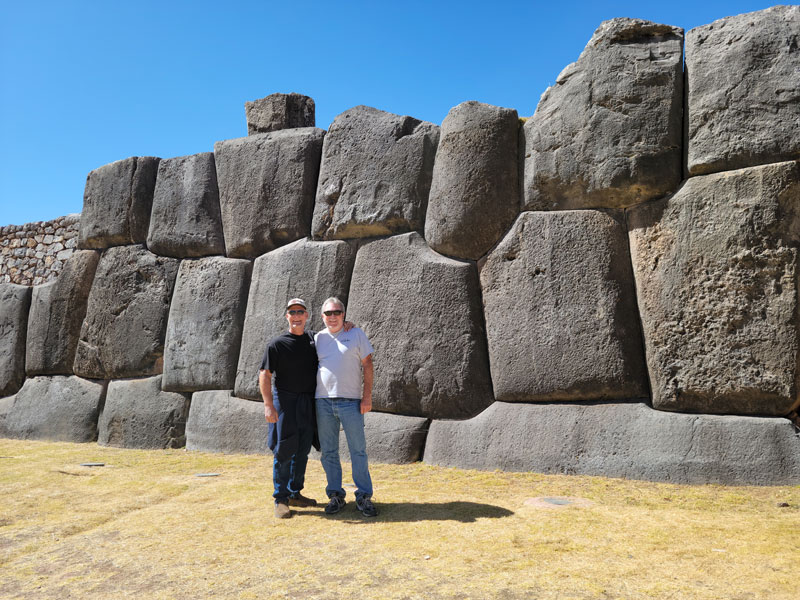
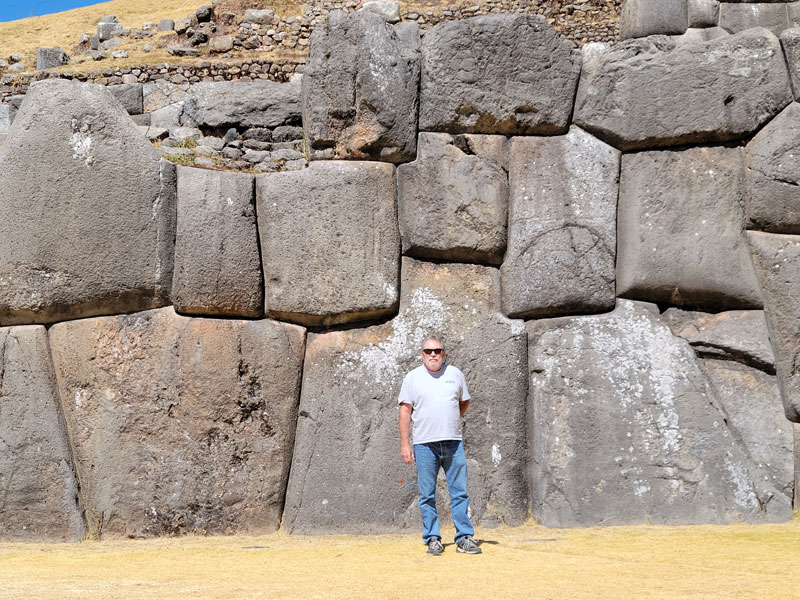
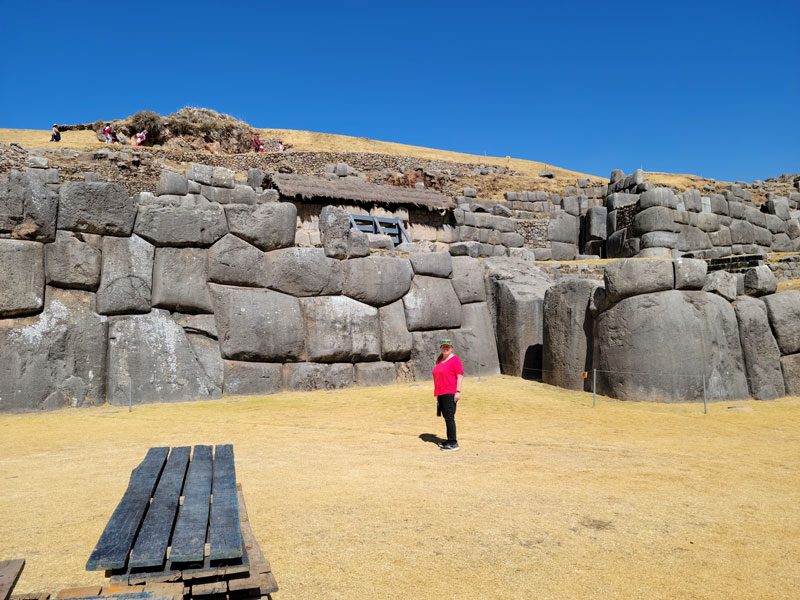
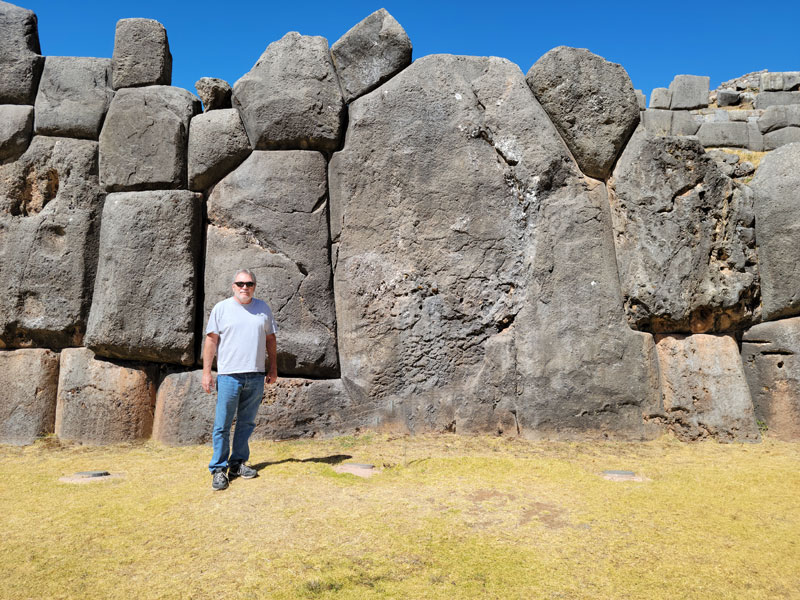
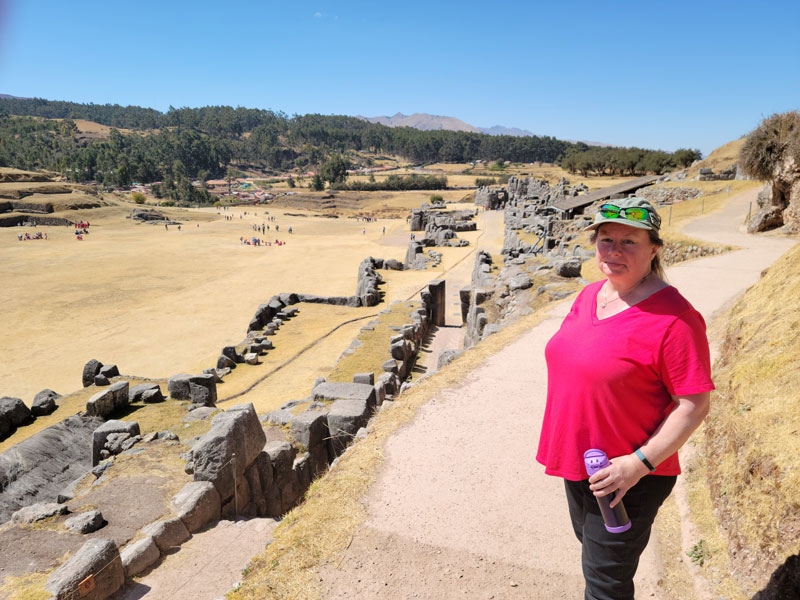
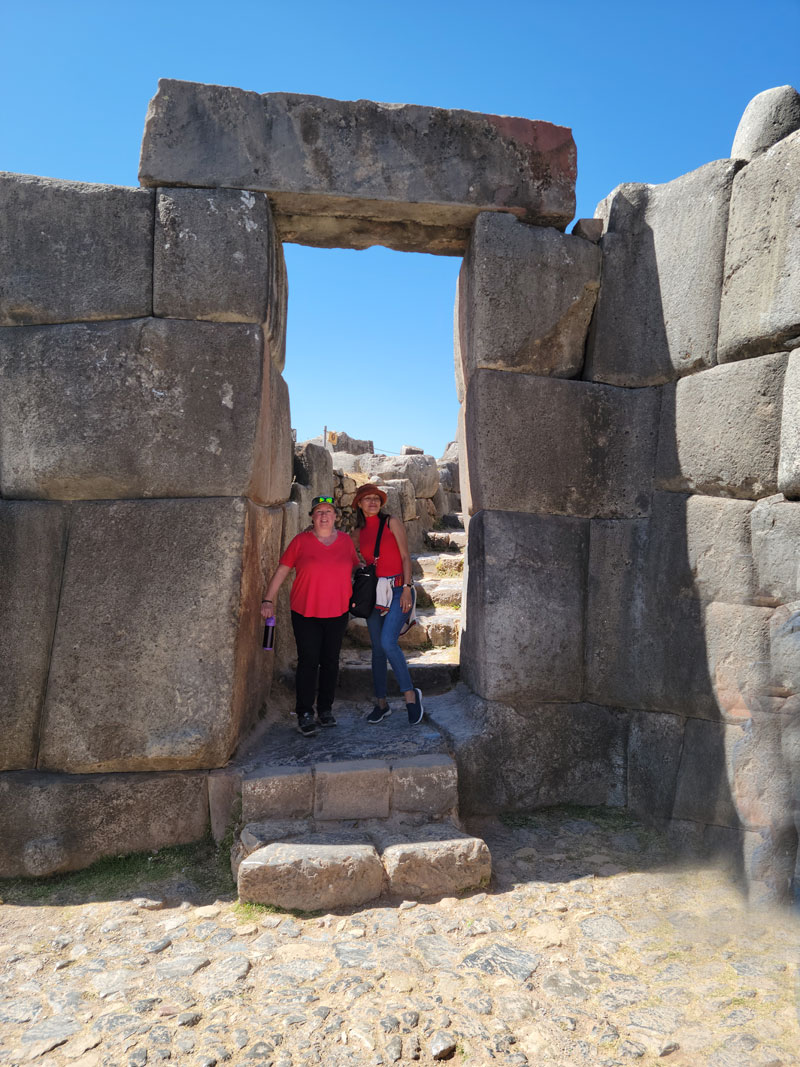
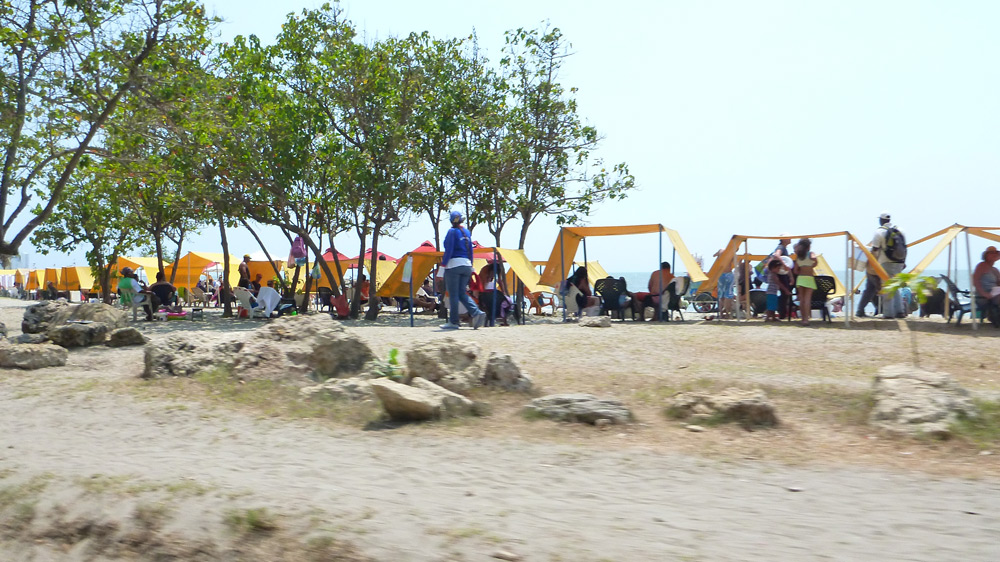

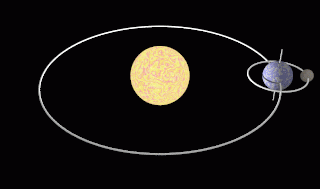
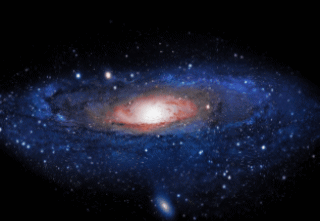
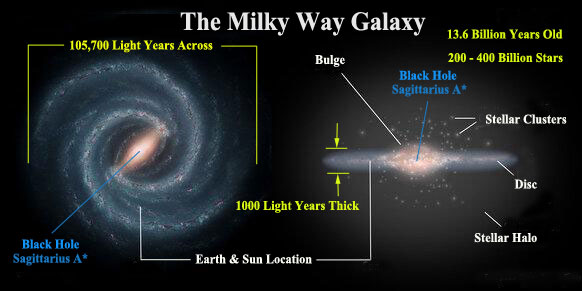
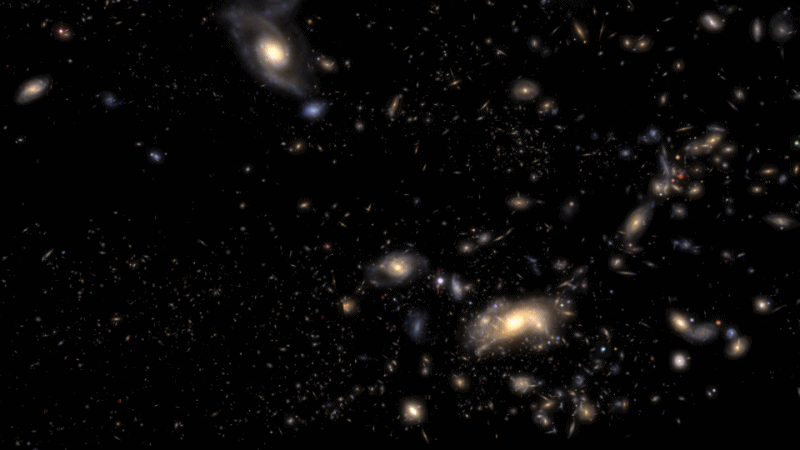
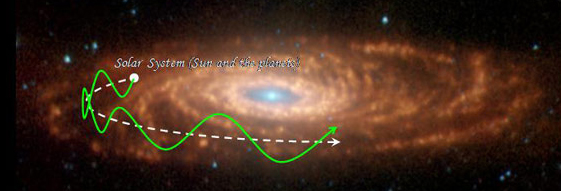
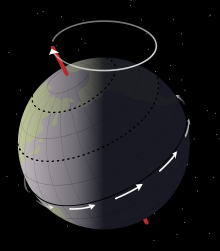
 The north star today is Polaris, however, 5 thousand years ago it was a different star altogether (Theban) and thousands of years from now it will be Vega. Today the orientation is the northern hemisphere is leaning away from the sun. This position is why the Sarah Desert is a desert where it was more tropical, wet, and green 15,000 years ago.
The north star today is Polaris, however, 5 thousand years ago it was a different star altogether (Theban) and thousands of years from now it will be Vega. Today the orientation is the northern hemisphere is leaning away from the sun. This position is why the Sarah Desert is a desert where it was more tropical, wet, and green 15,000 years ago.